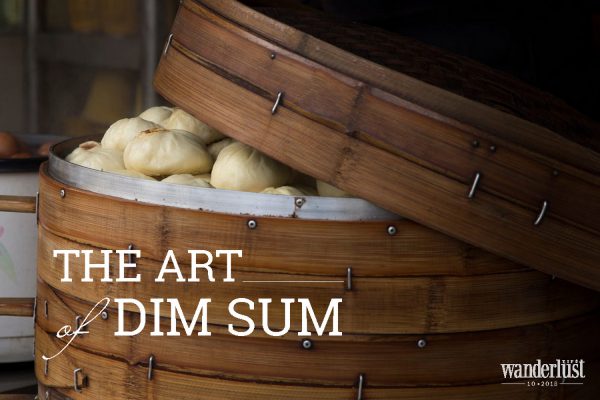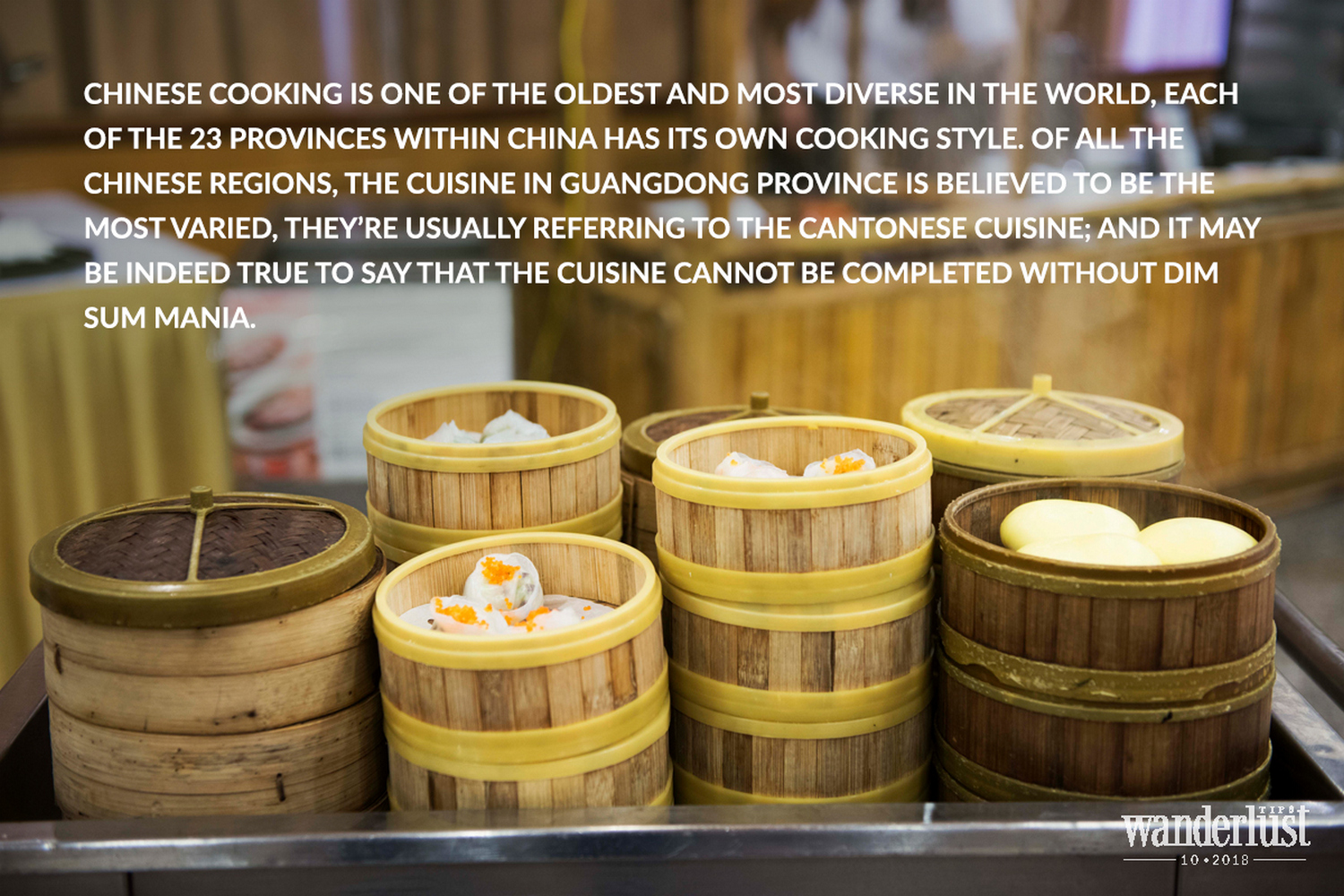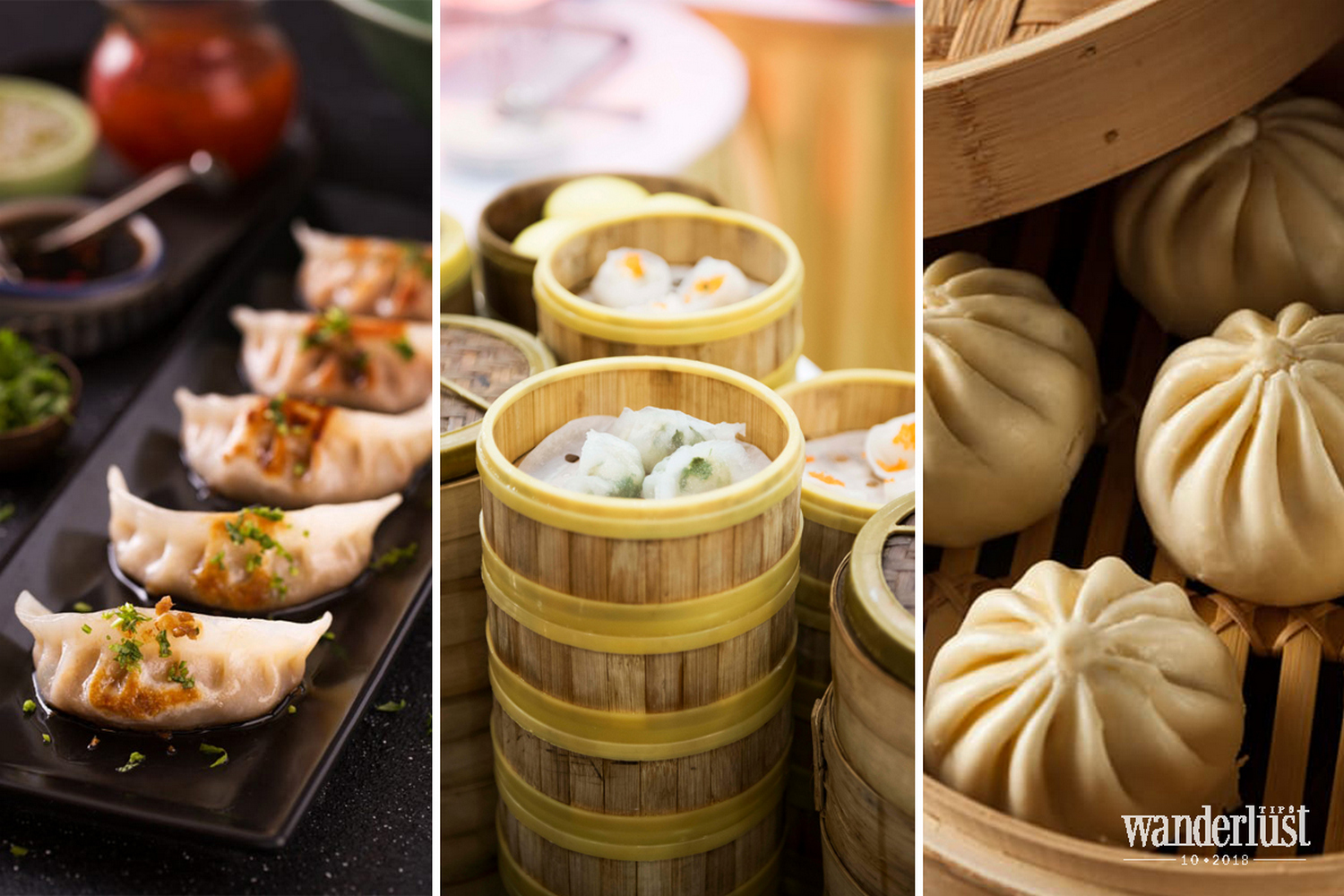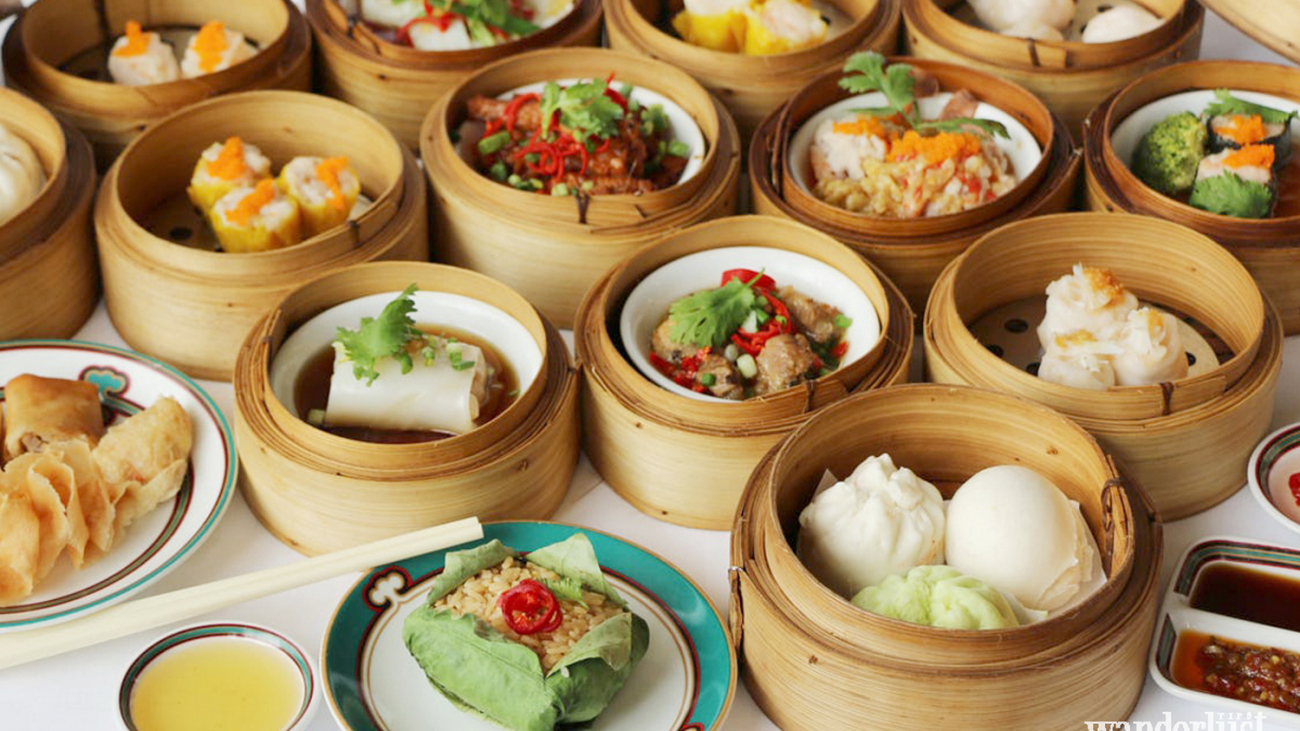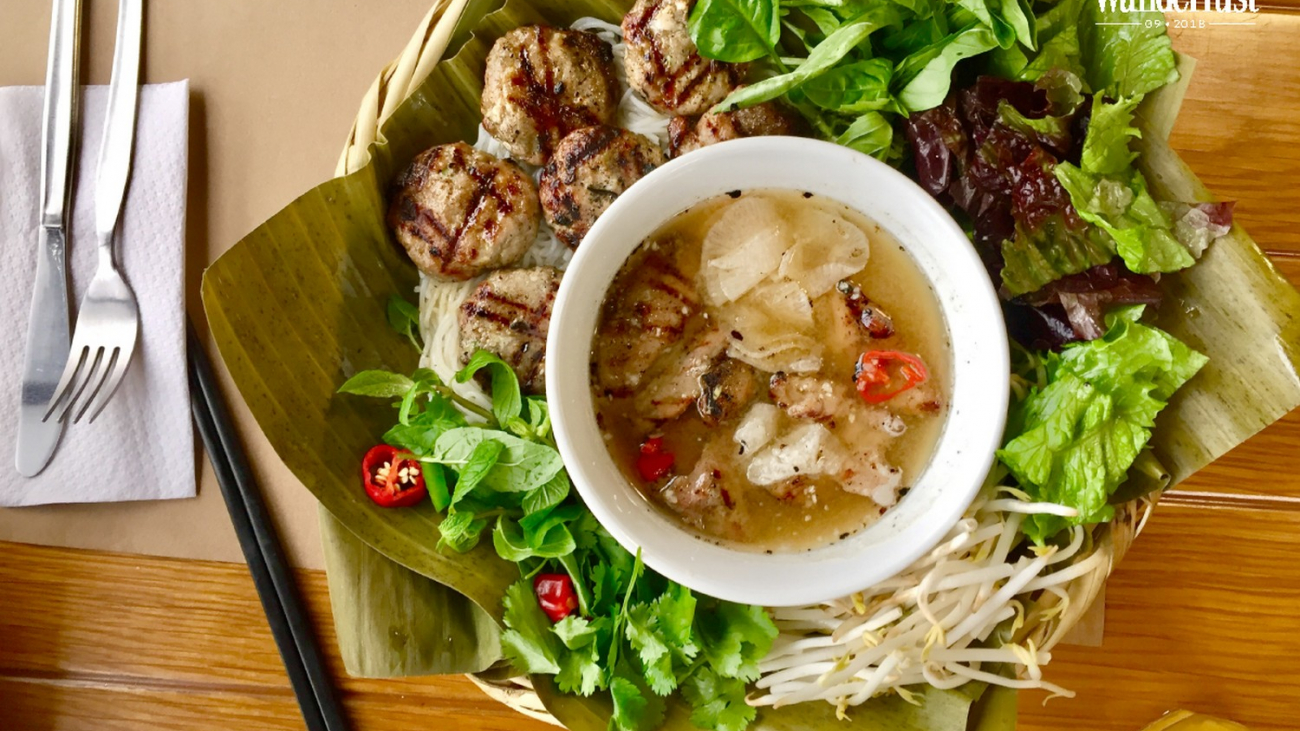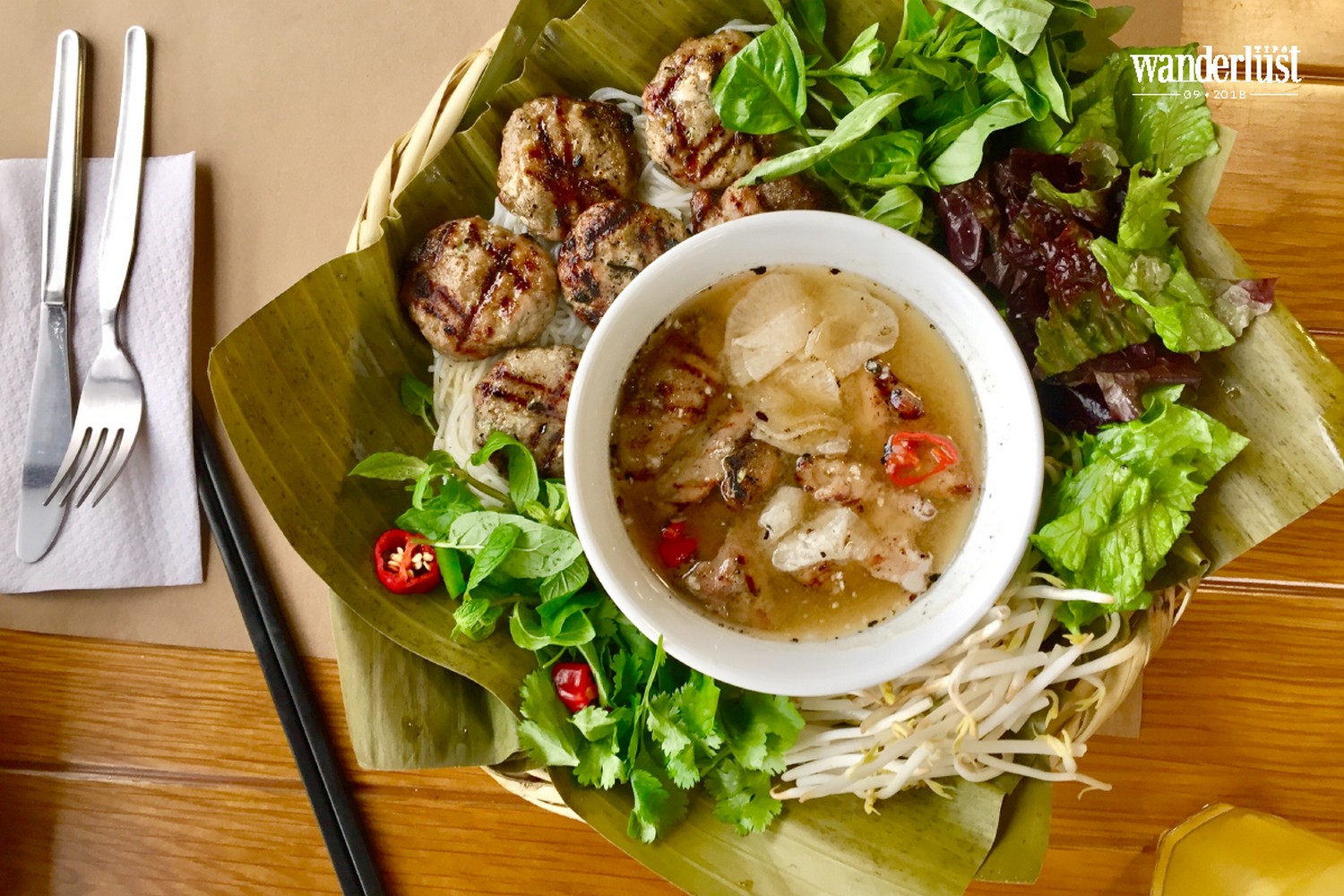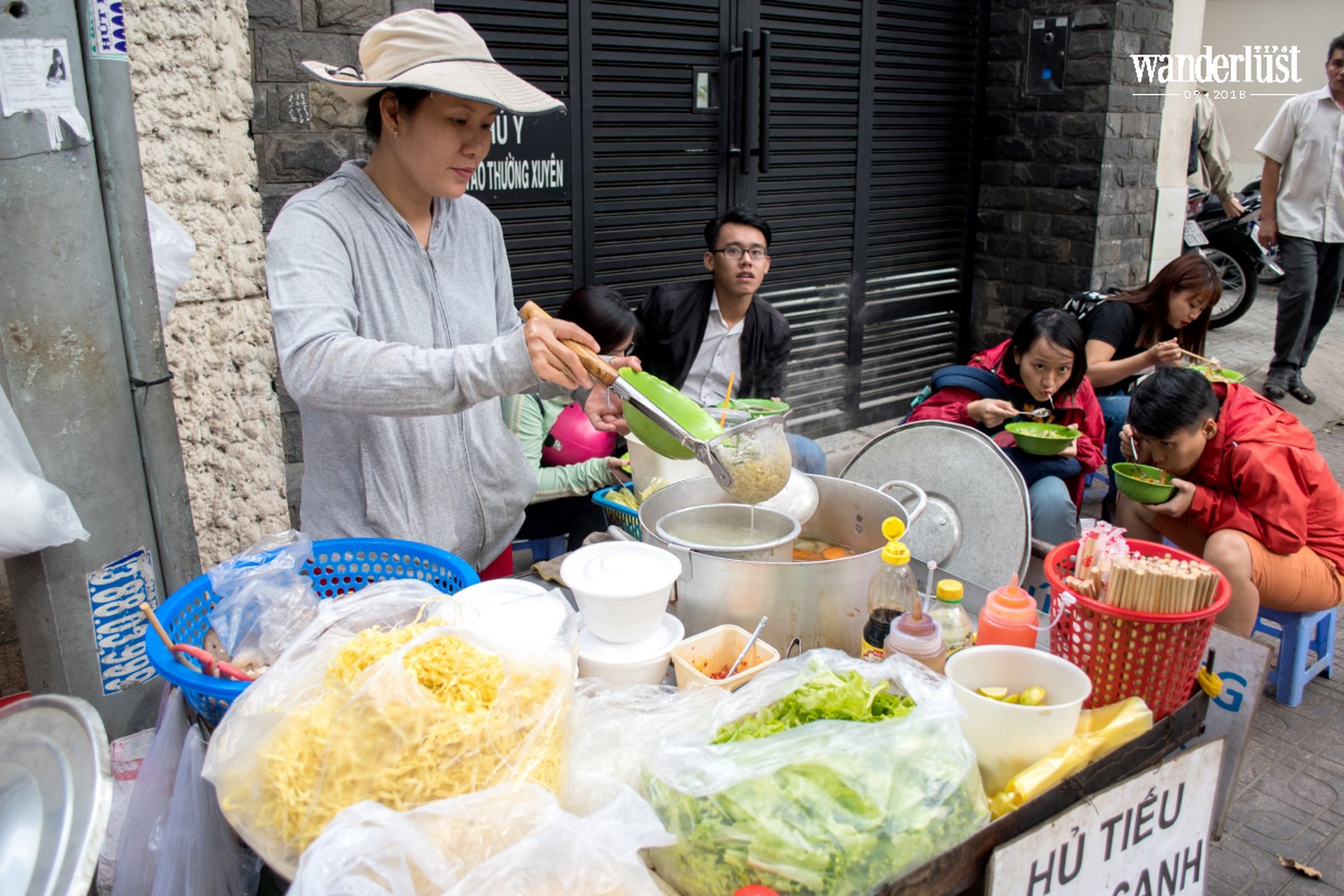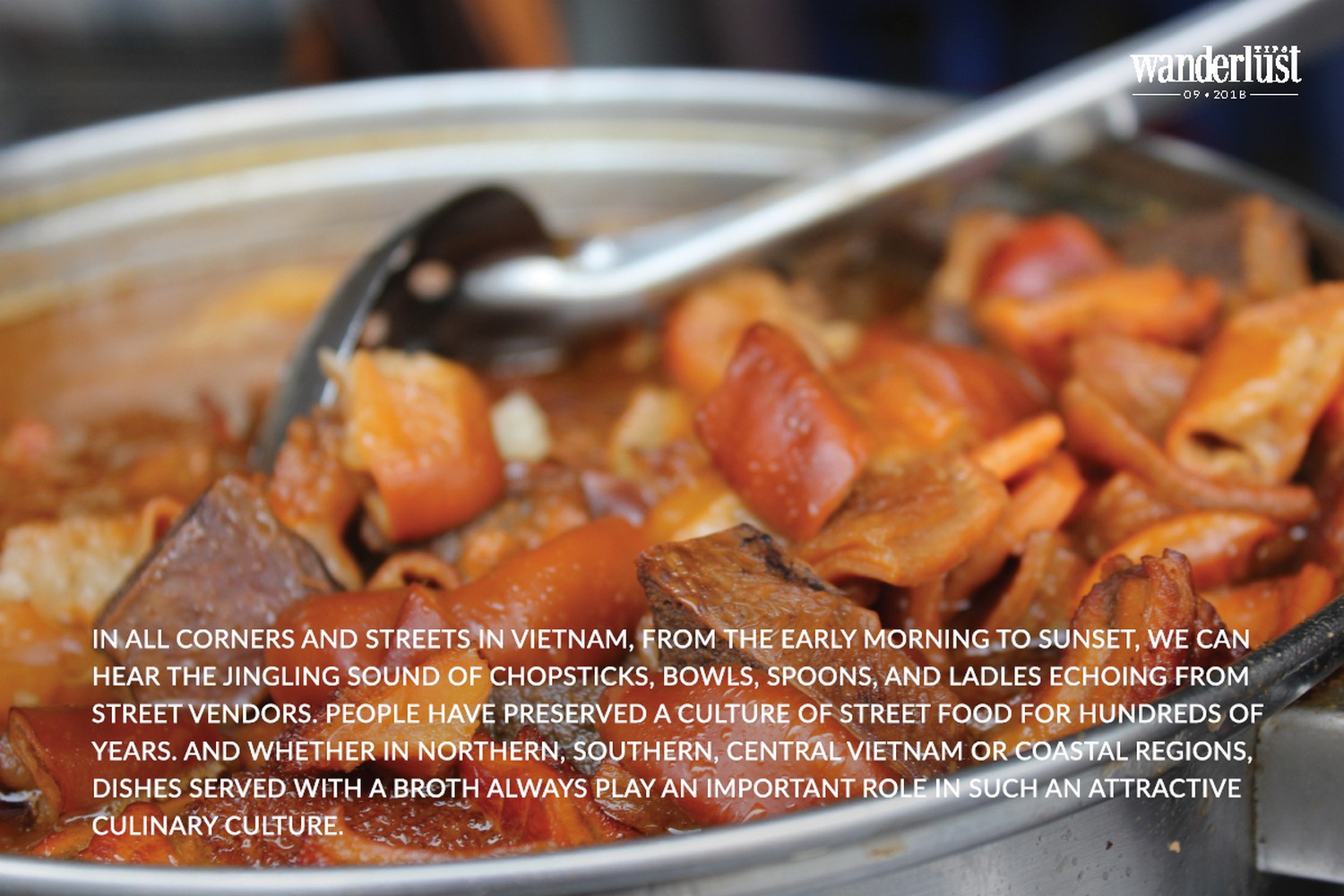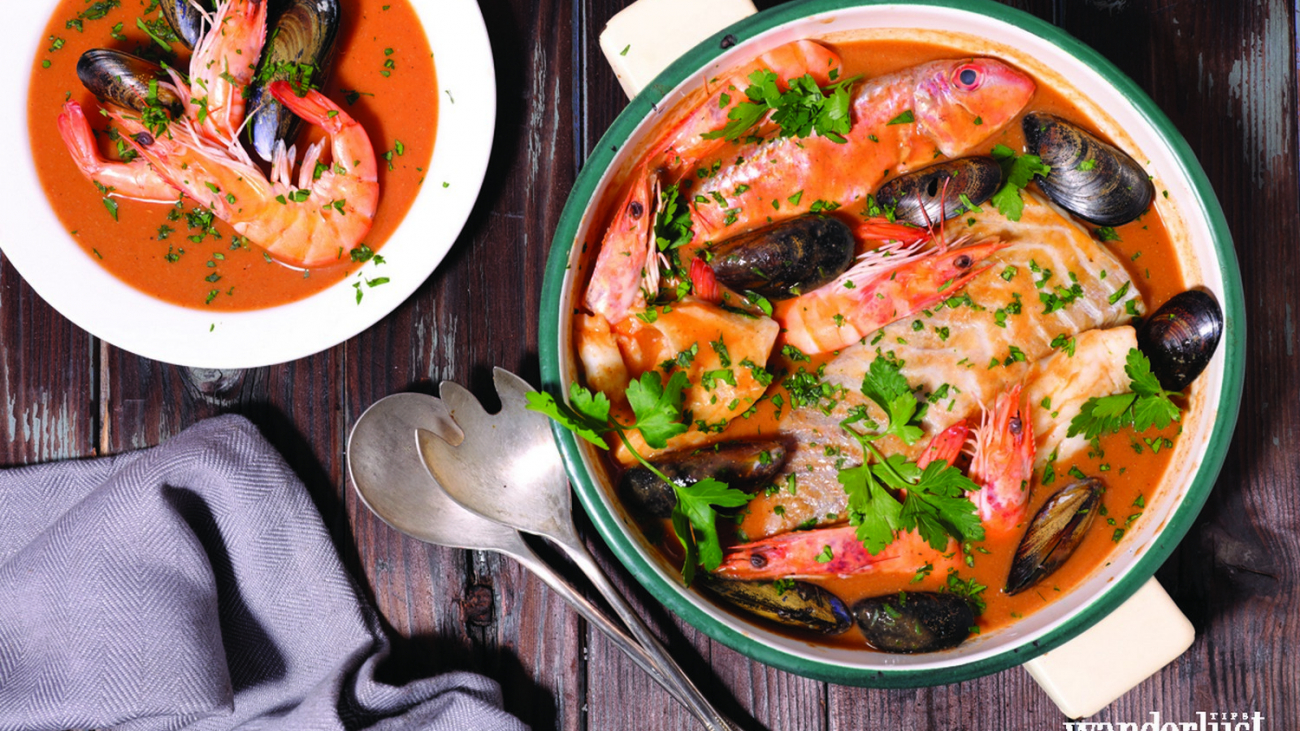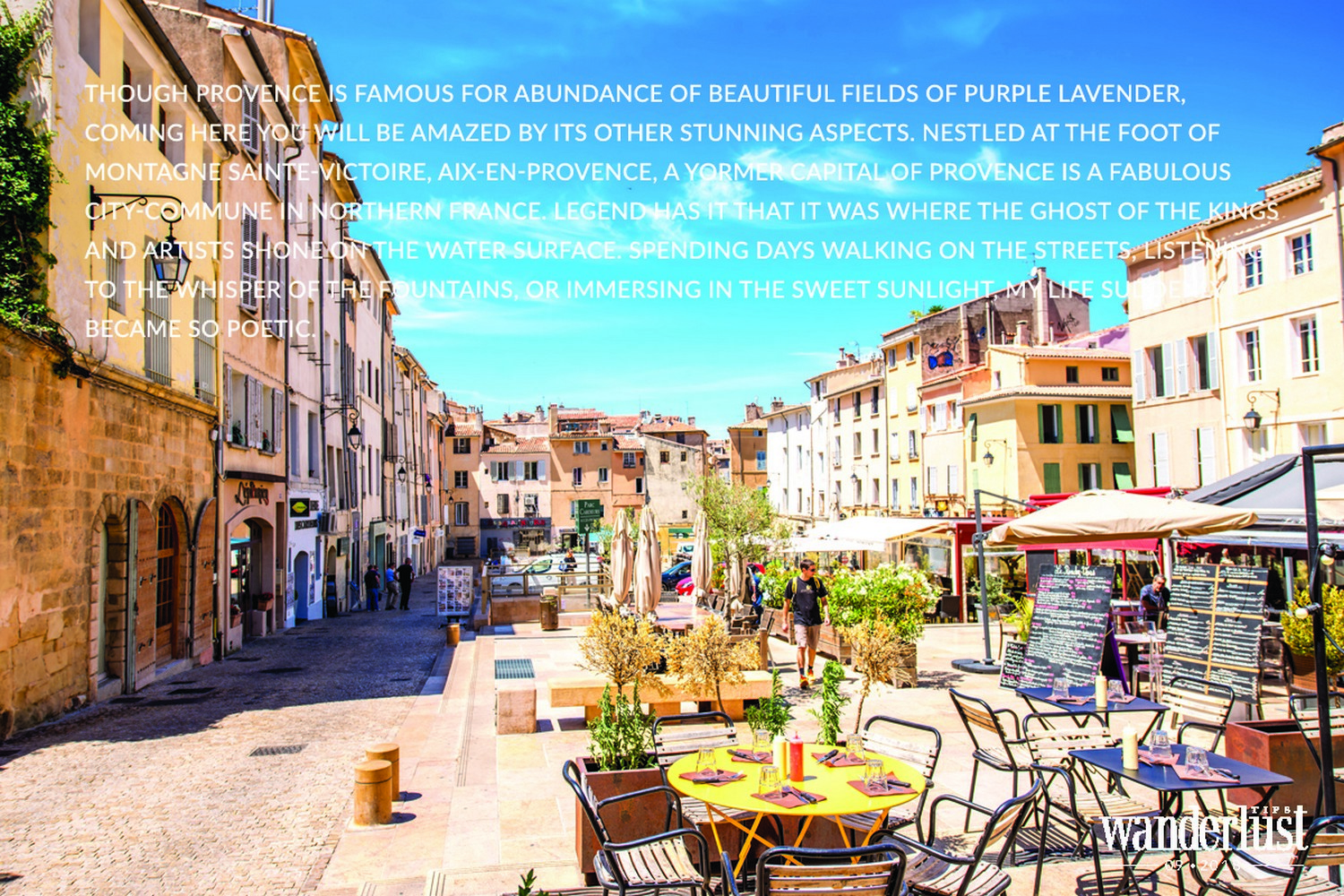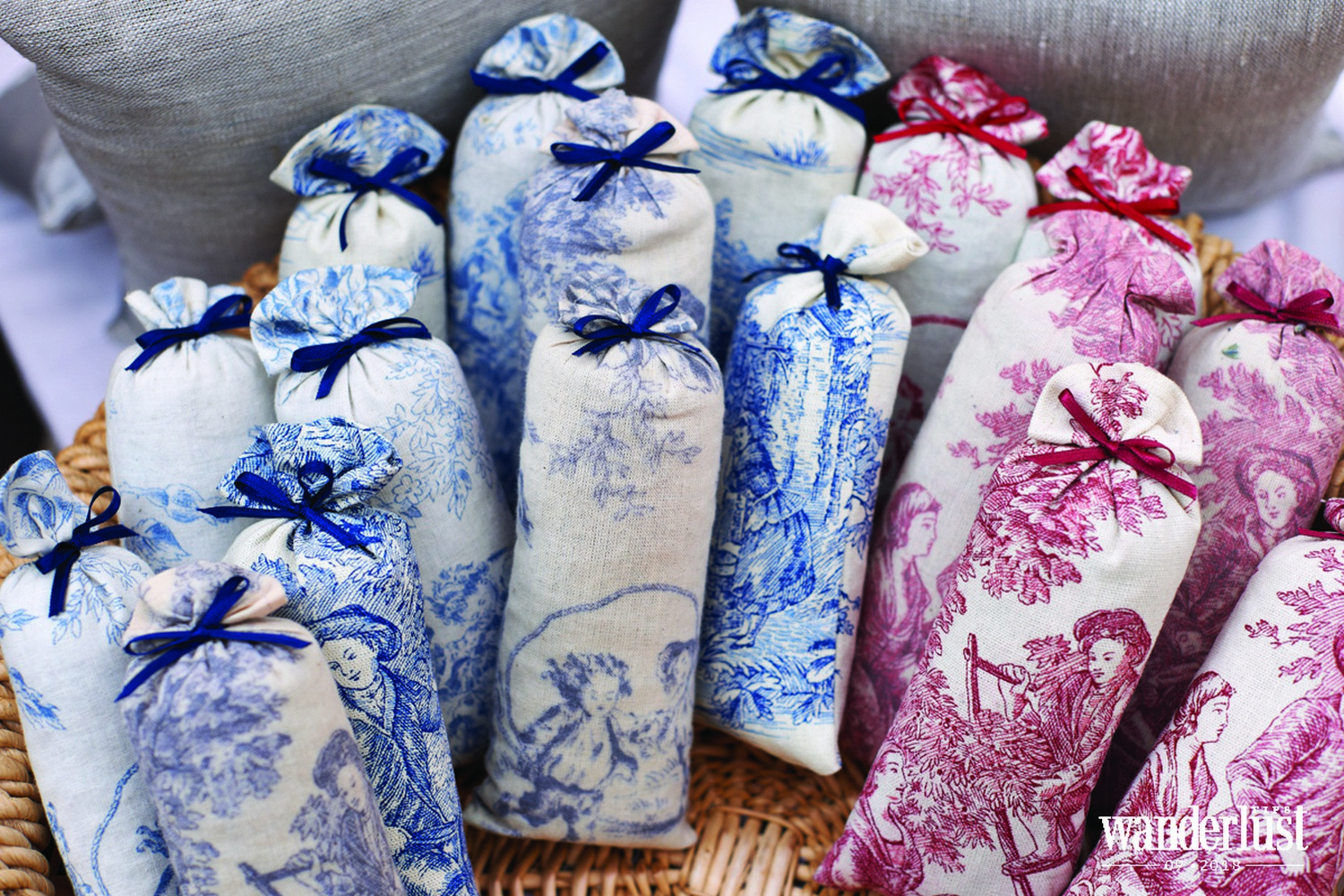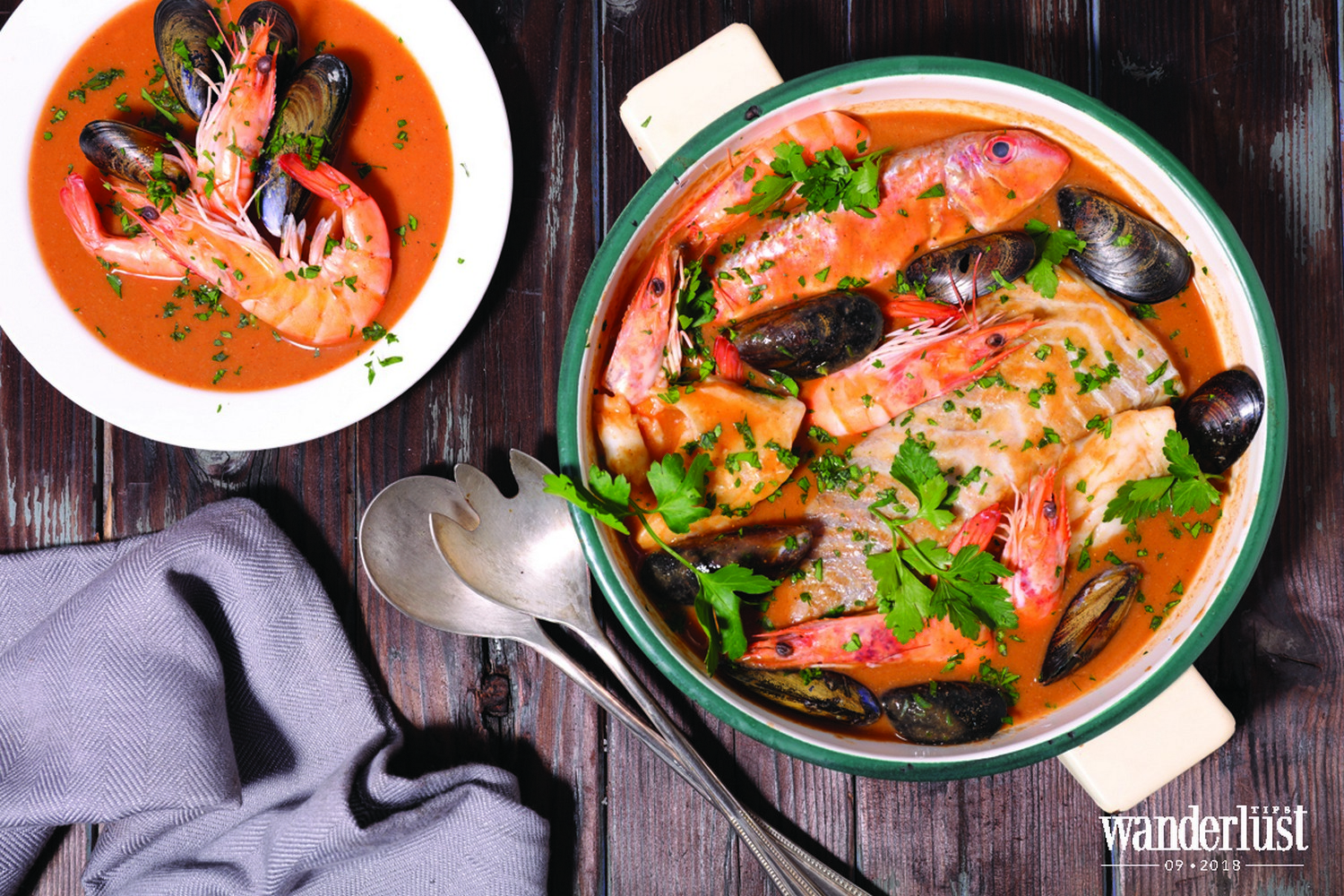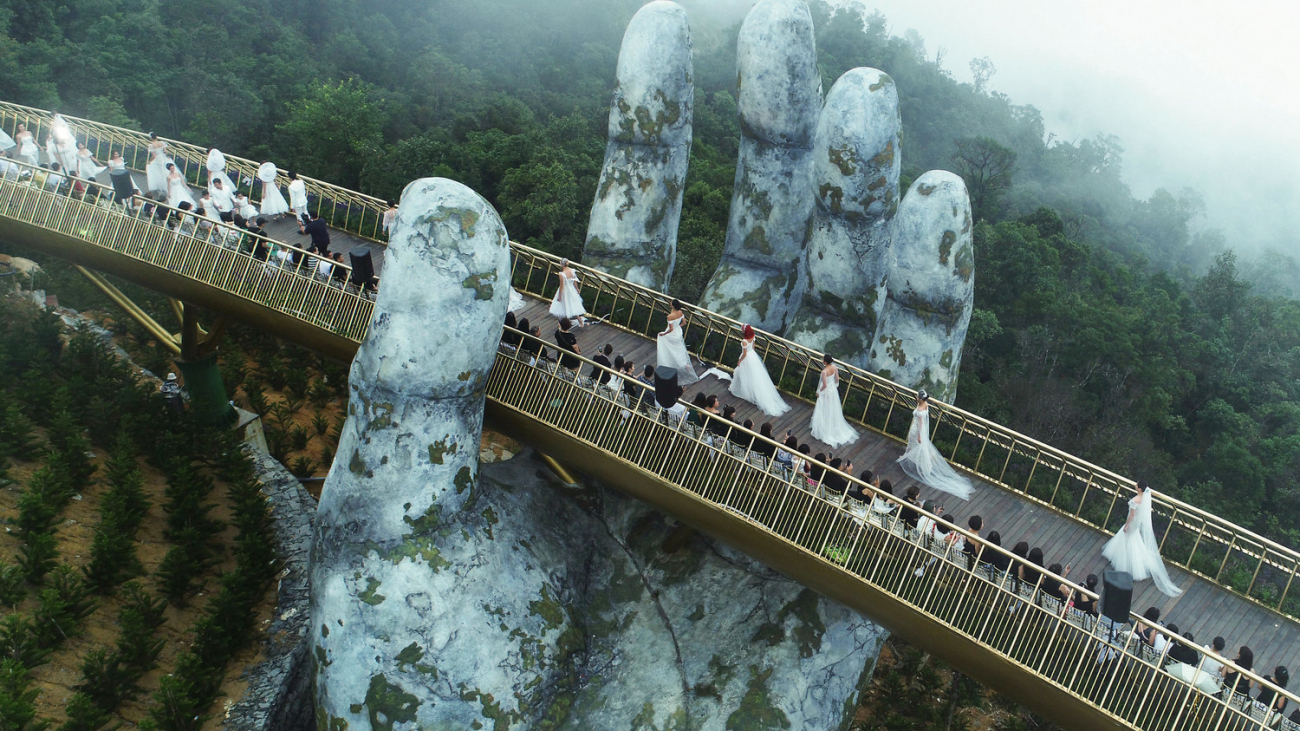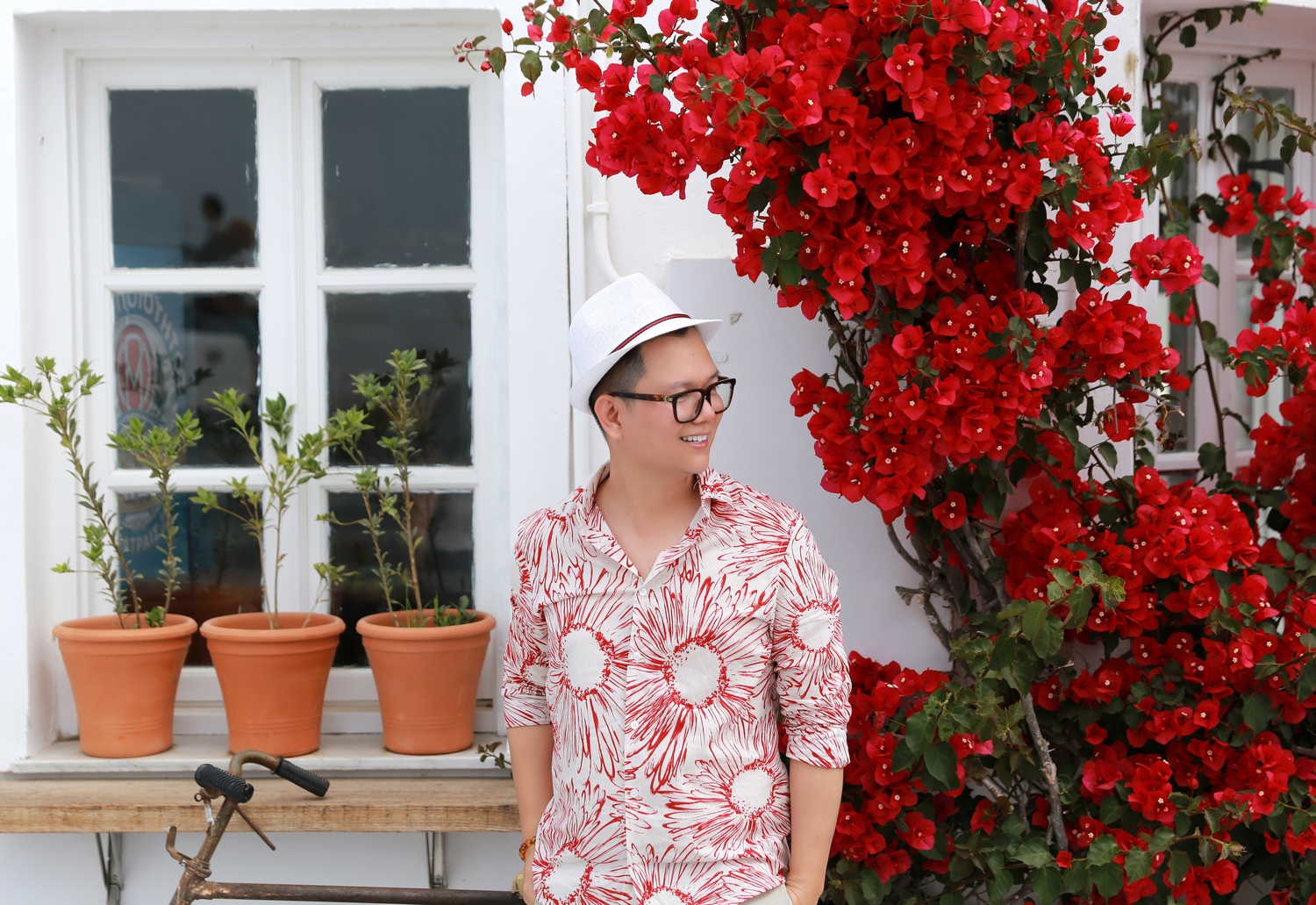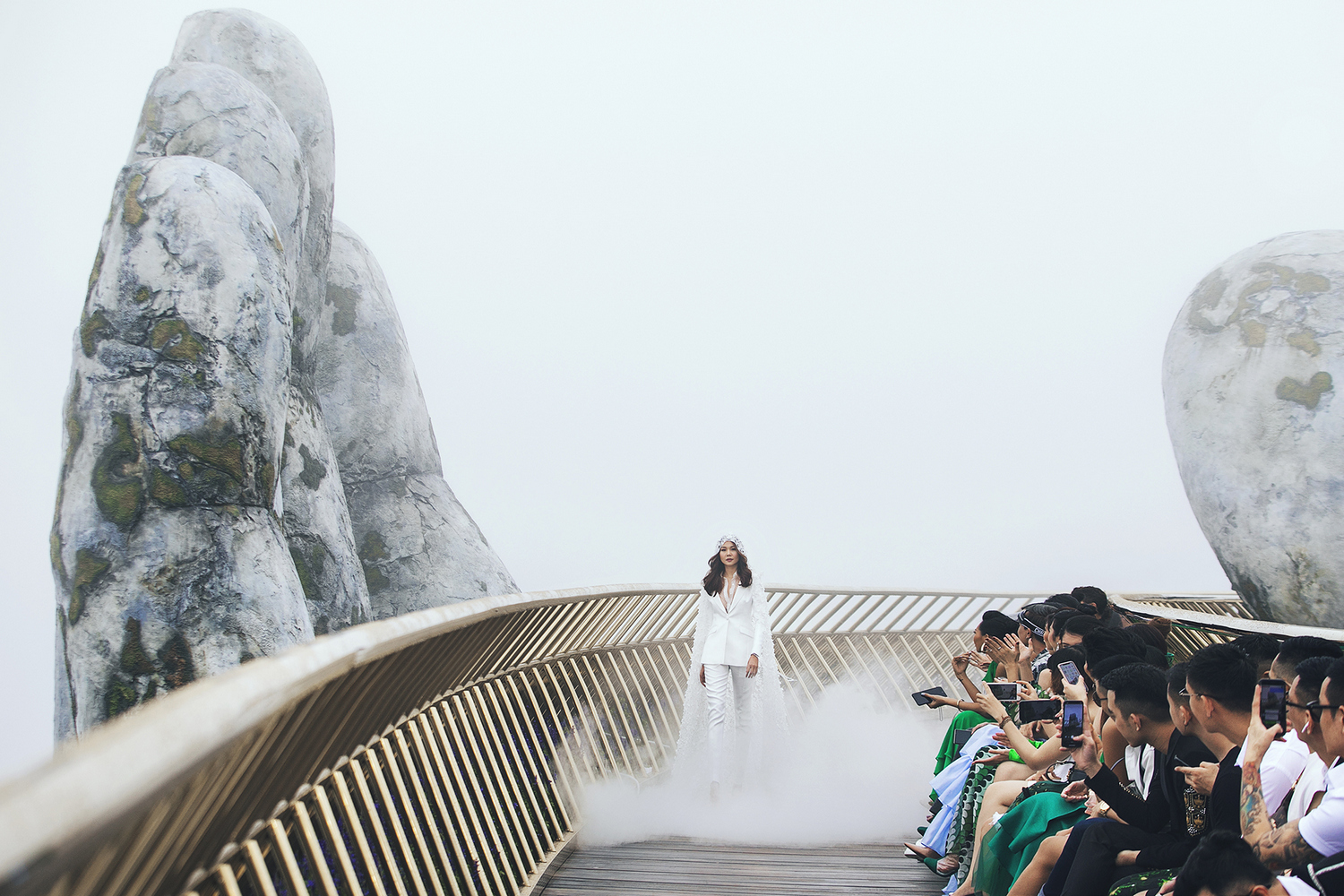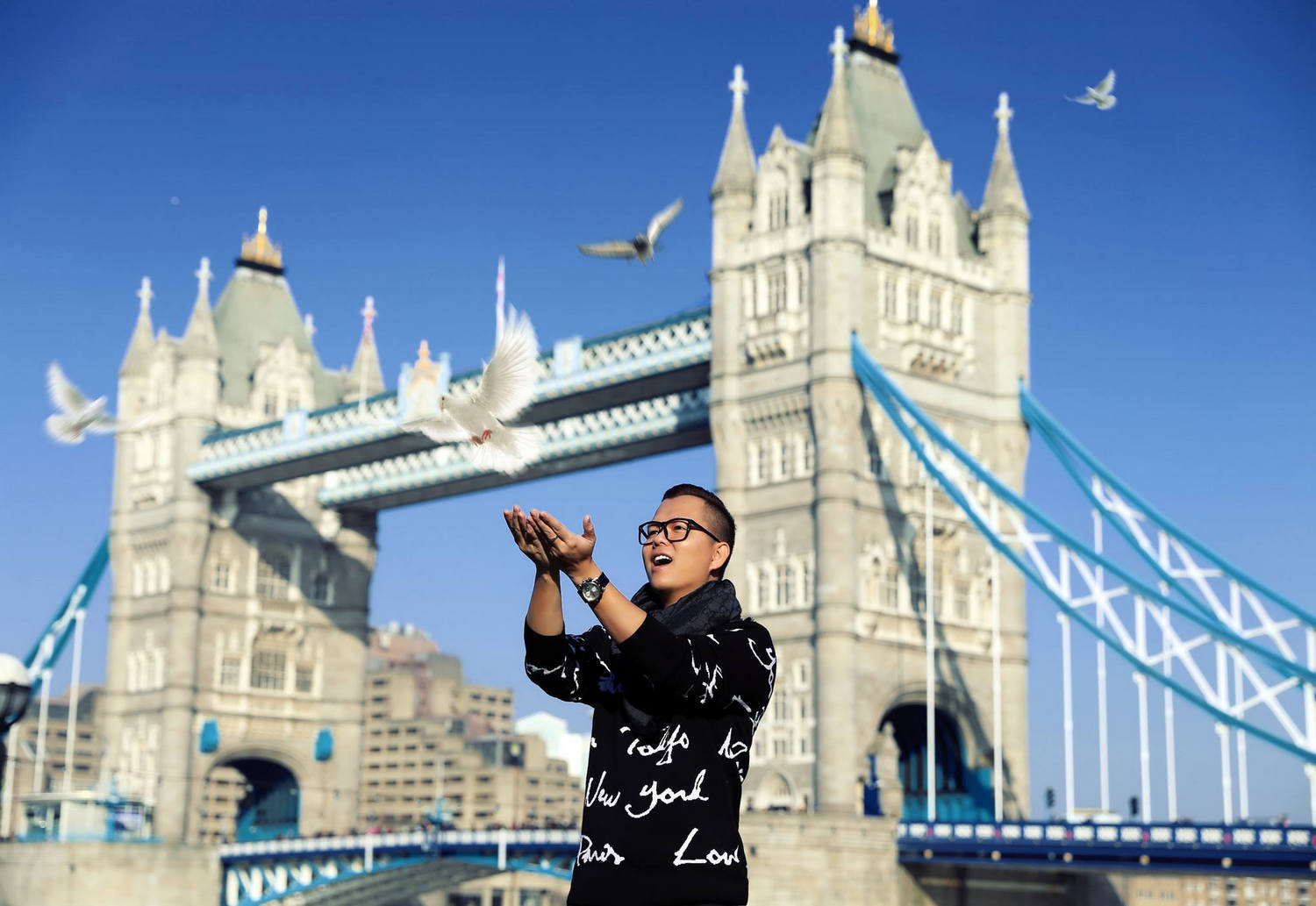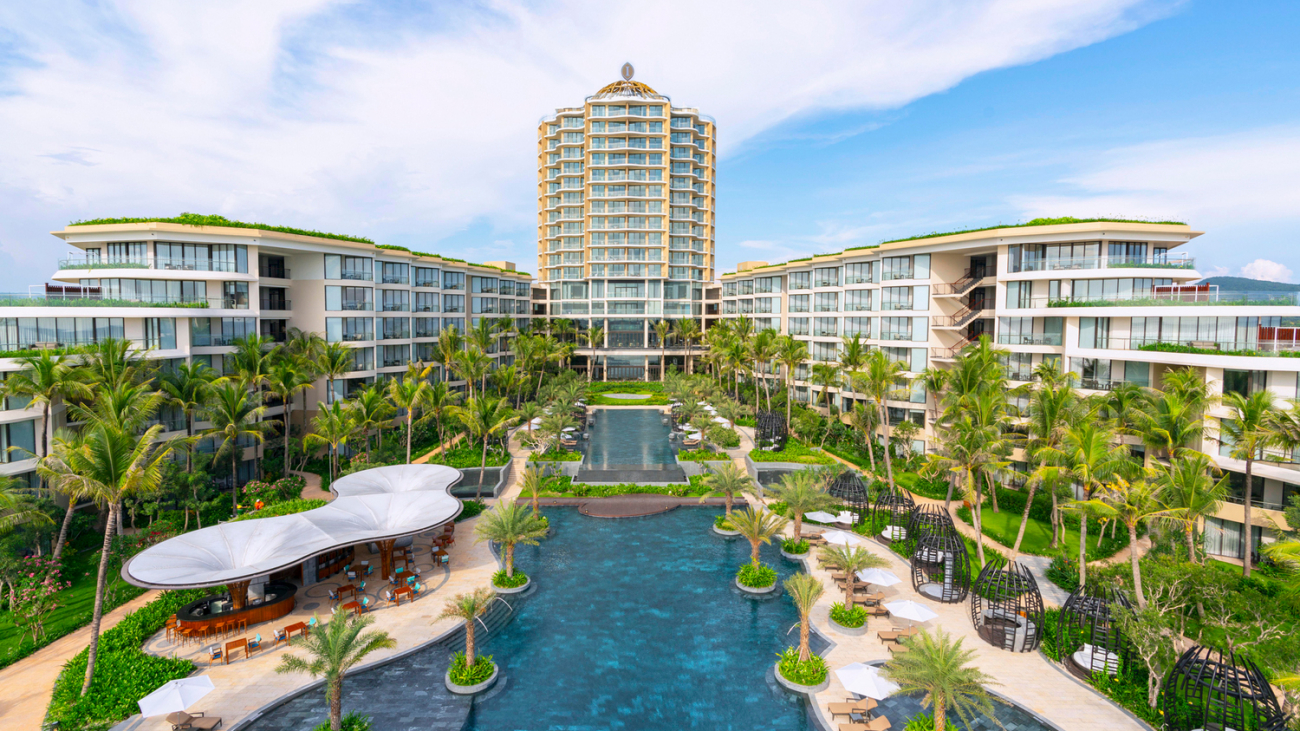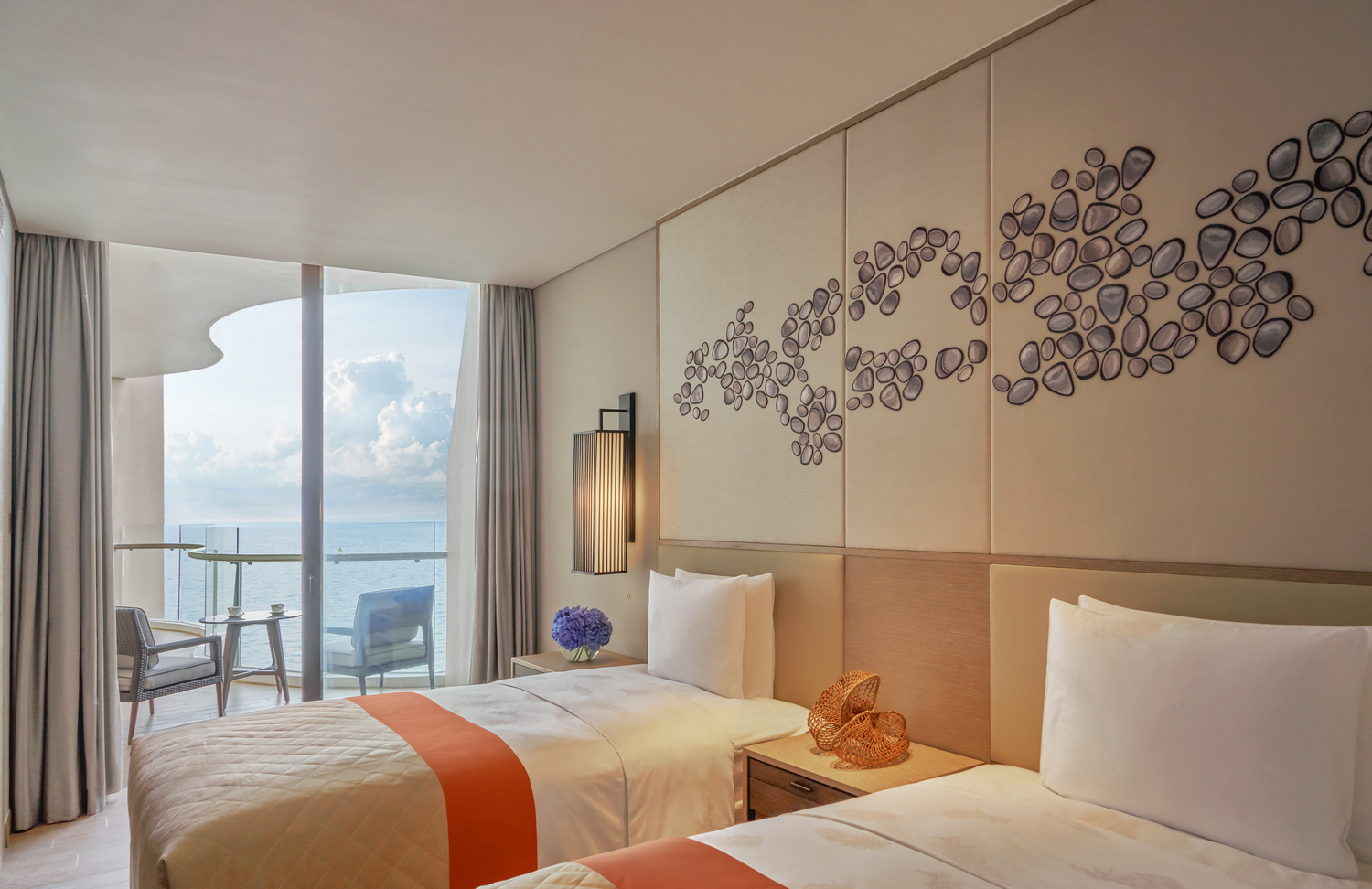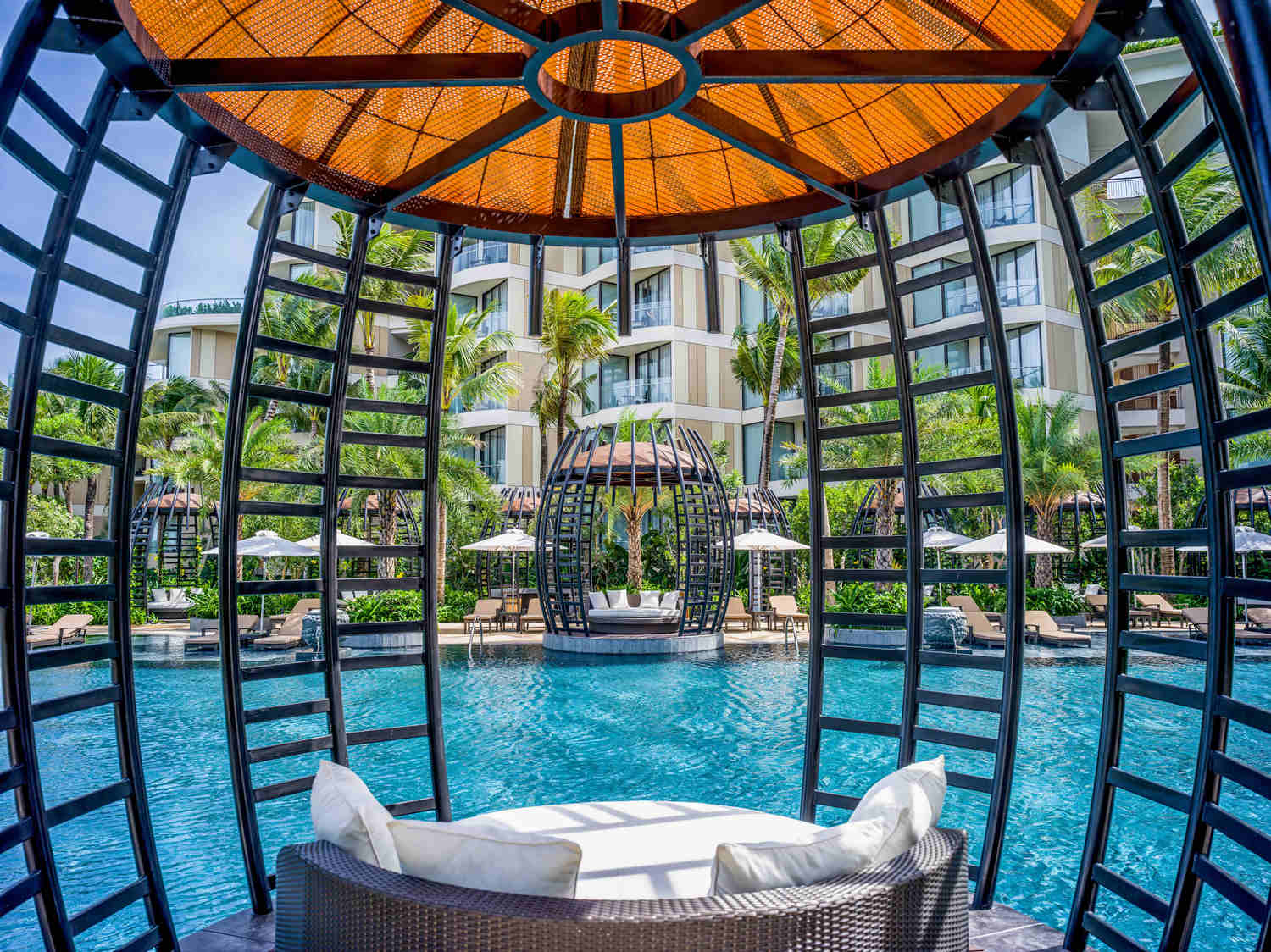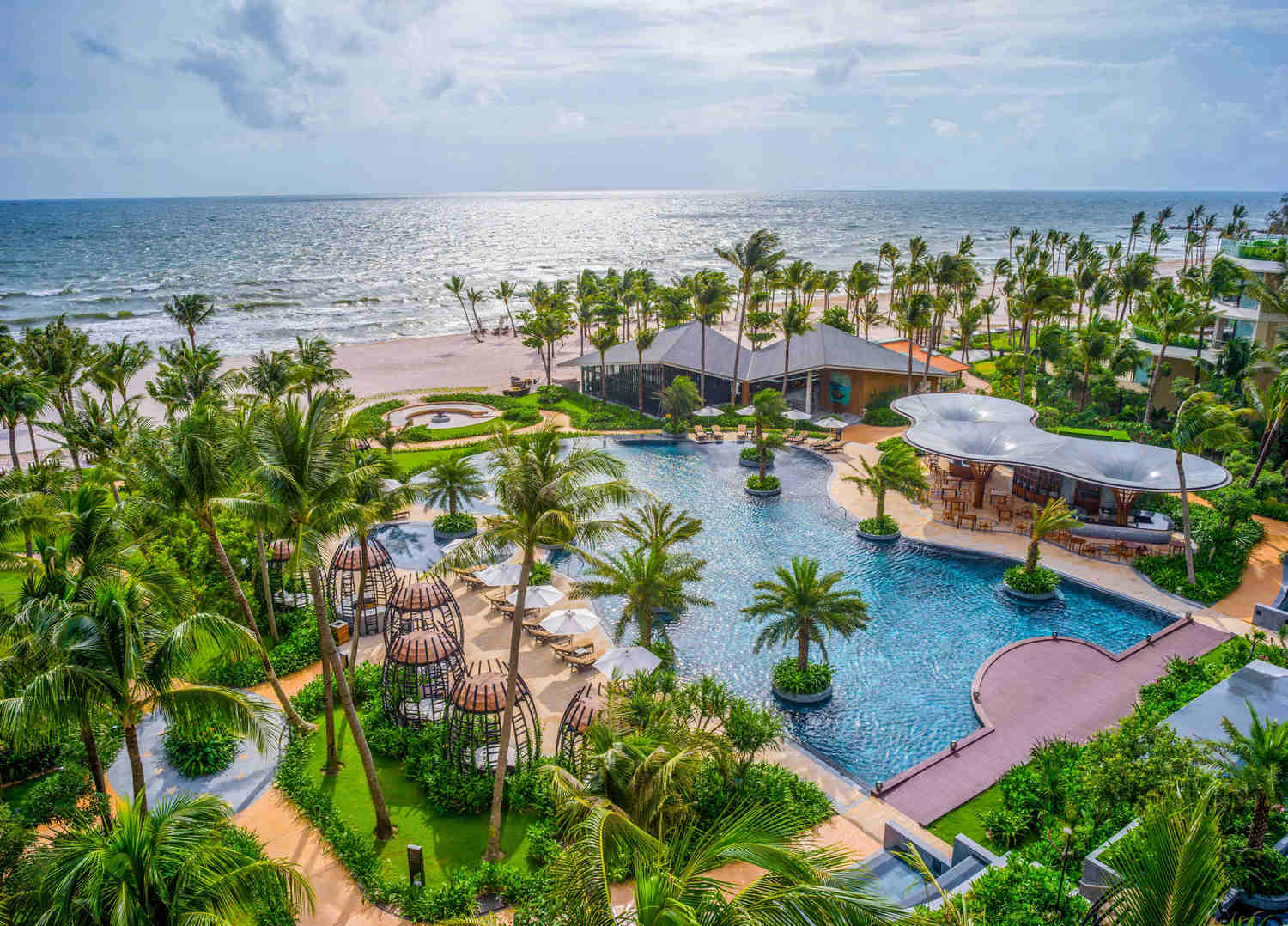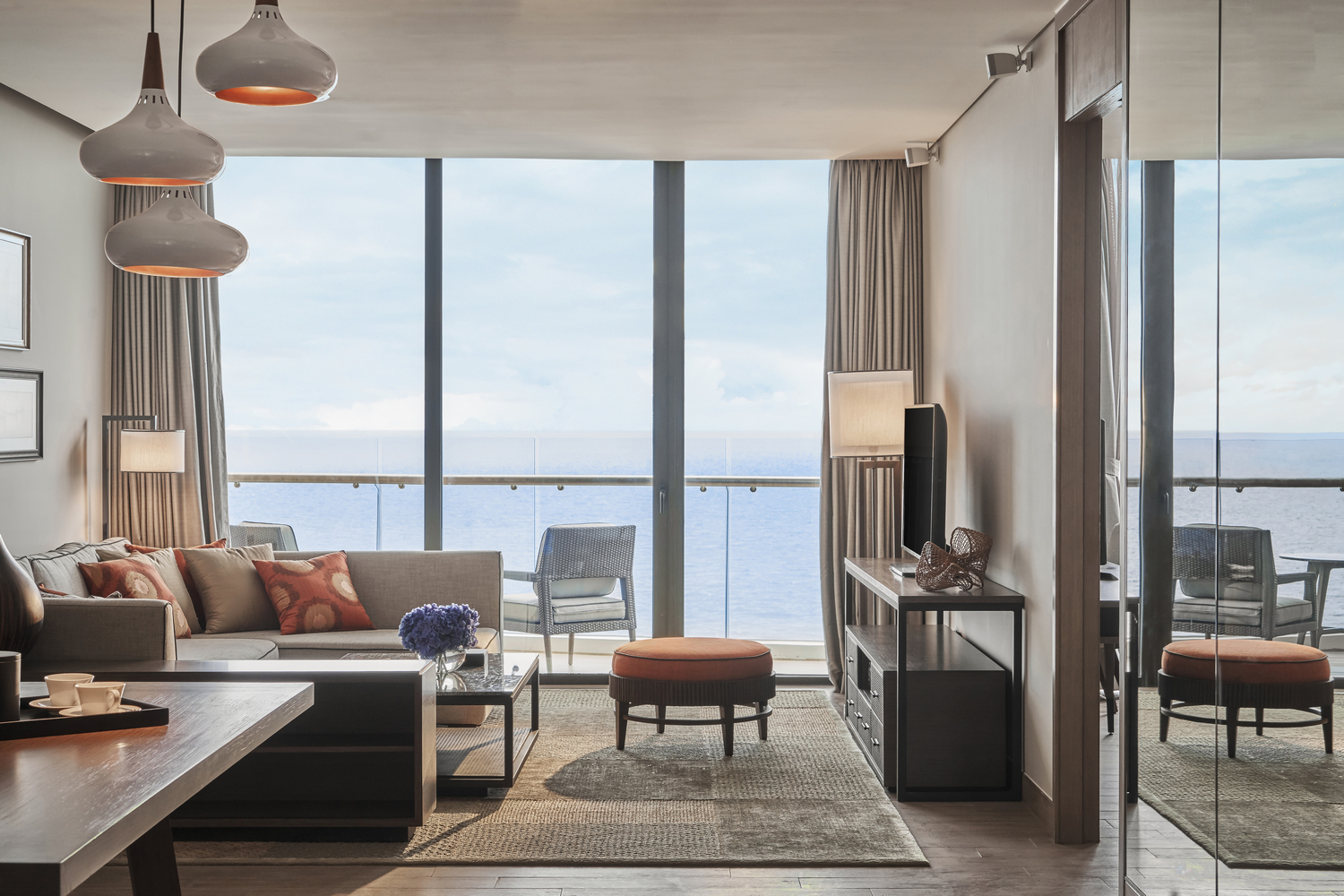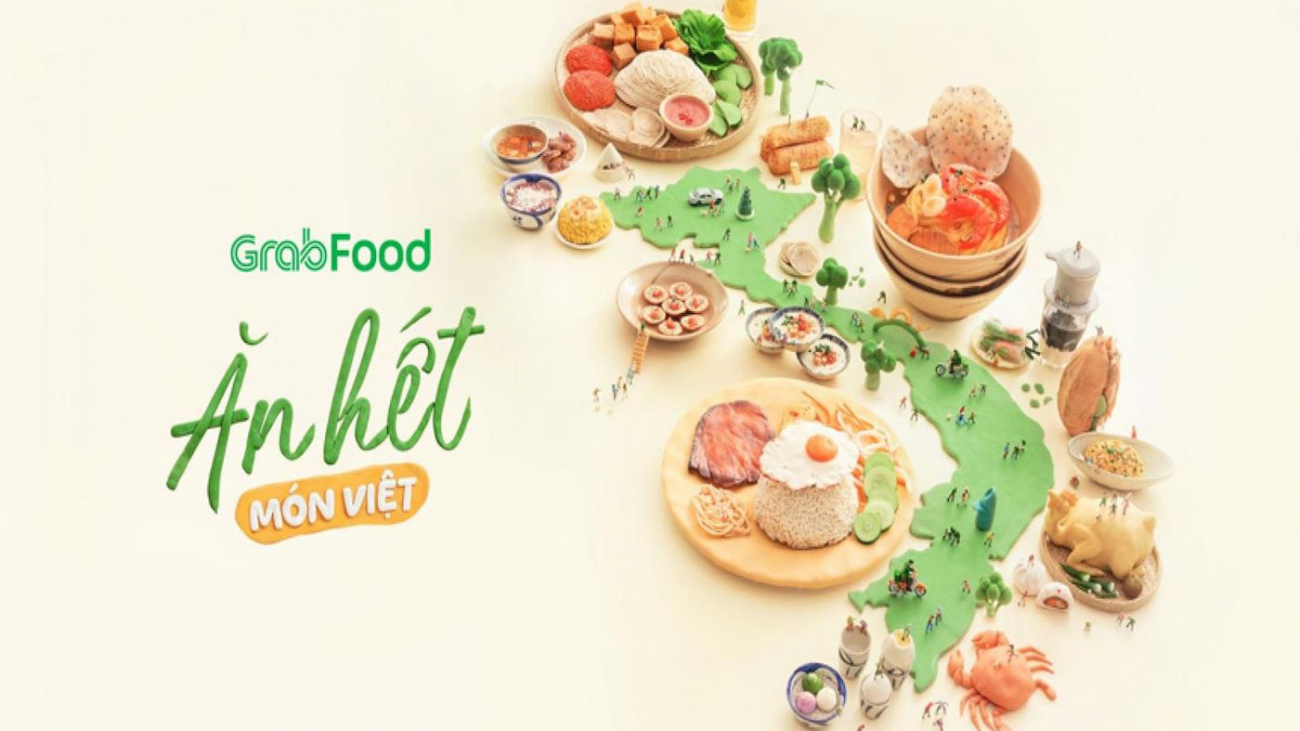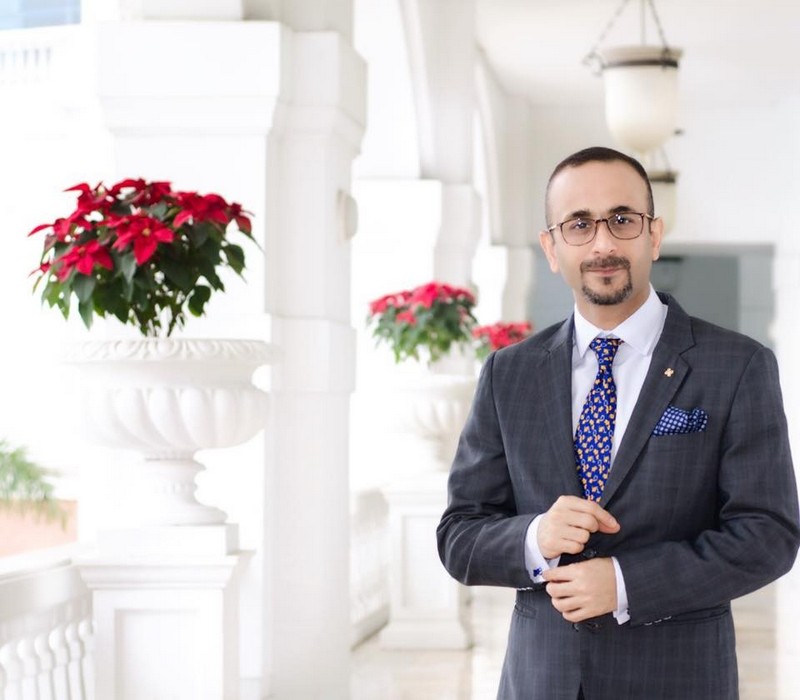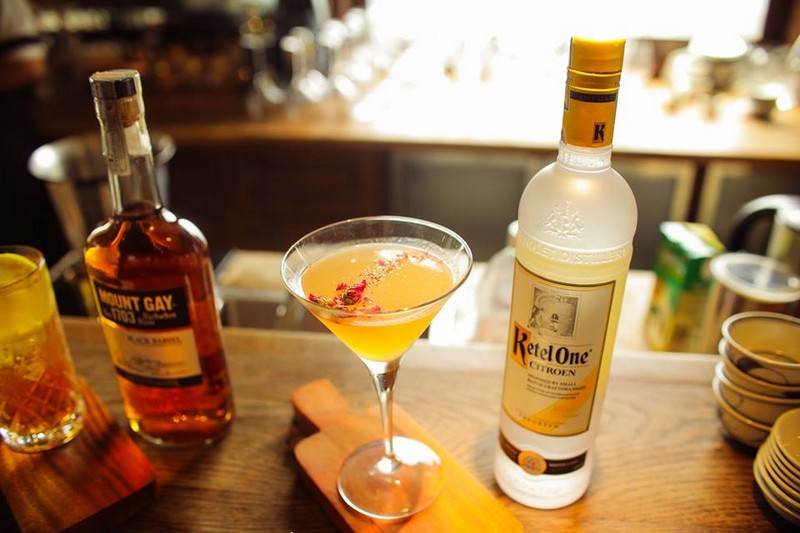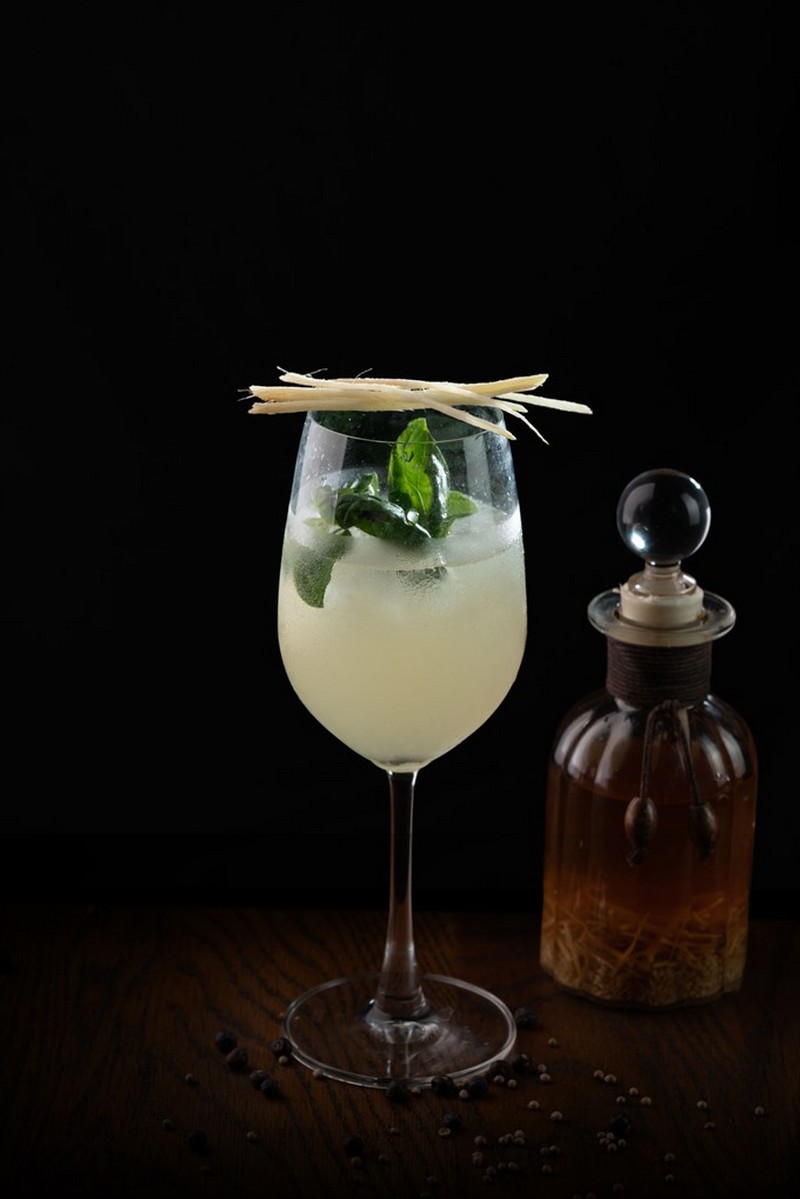This september, 6 Kols of hello world: Diem My 9x, singer – travel blogger quang vinh, food blogger – influencer Phan Anh Esheep, travel blogger Nhi Dang, photographer – travel blogger Tam Bui, and model Ngoc Anh Thu will travel to Taiwan, the pearl island in the blue ocean. This journey will take you to Yilan county, Miaoli county, and Taichung city to admire the stunning natural scenery, marvel at buildings with one-of-a-kind architecture, learn about local culture and history, as well as enjoy countless delicious fresh dishes. It promises to be their most beautiful days in Taiwan.
[rpi]
YILAN COUNTY
Located in Northeast Taiwan, only 70 kilometres from Taipei City, Yilan is entirely separated from the urban life. This county features a peaceful beauty of nature and the lives of local people
VISIT
1. DONGSHAN RIVER WATER PARK
Although only 24 kilometres long, the Dongshan River has a beautiful setting and a diverse entertainment area located by the riverbank. Therefore, many visitors choose to visit this place during their trip to Yilan. The most famous tourist attraction by Dongshan River is Dongshan River Water Park. This park features underwater activities, an ecological conservation area, and an open-air theater. In addition, there are also bike lanes along the river for visitors to enjoy the poetic scenery of the riverside while riding bikes. Dongshan River Water Park is also home to major events such as the International Children’s Folklore & Folkgame Festival and the Dragon Boat Festival.
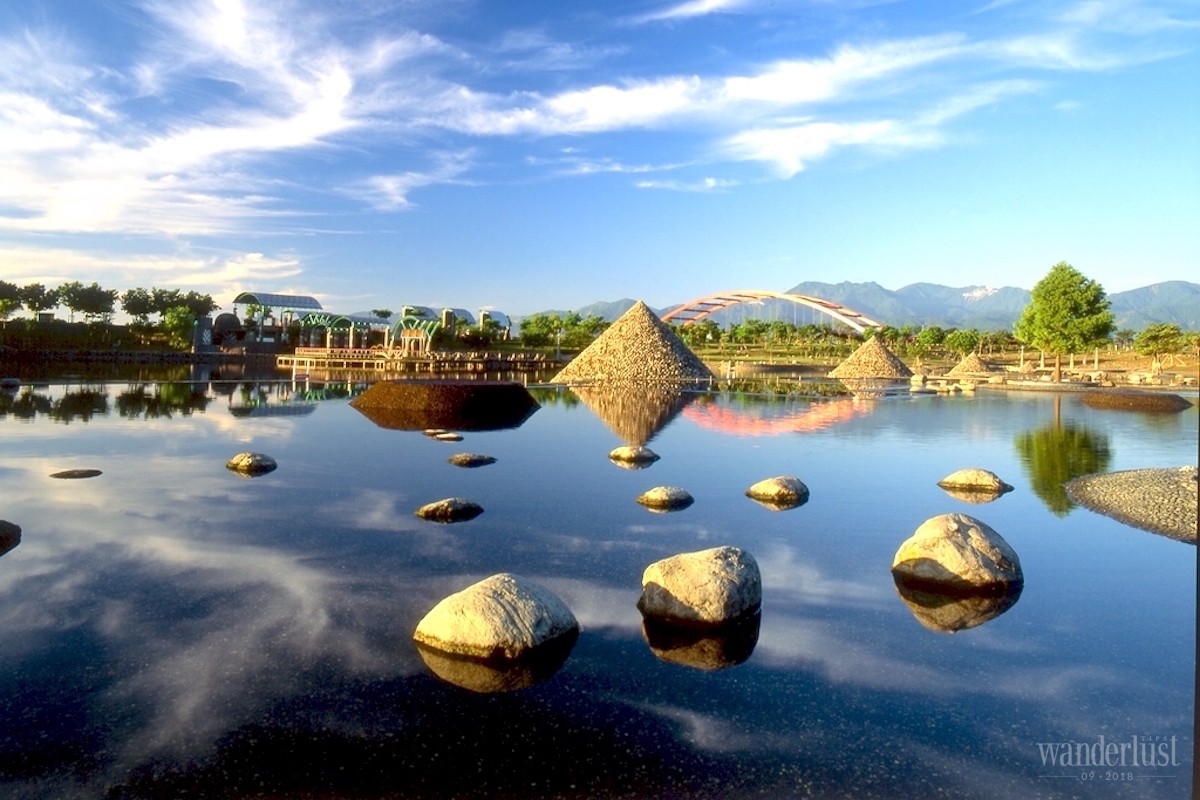
Address: No.2, Sec. 2, Qinhe Road, Wujie Township, Yilan County
Opening hours: 8am – 8pm daily
2. GUISHAN ISLAND
Guishan Island is the top part of a high conical volcanic mountain formed by several layers of lava, pumice, and volcanic ash sprayed from the sea. The island is called Guishan (Turtle Mountain) because its shape looks like a turtle floating on the sea when seen from a distance. It is even more impressive that the island is covered by an endless green carpet of plants, surrounded by the immense ocean, creating beautiful natural scenery. Beside the green ambience, Guishan Island is also home to a rich marine animal ecosystem including the Pacific whales and dolphins.
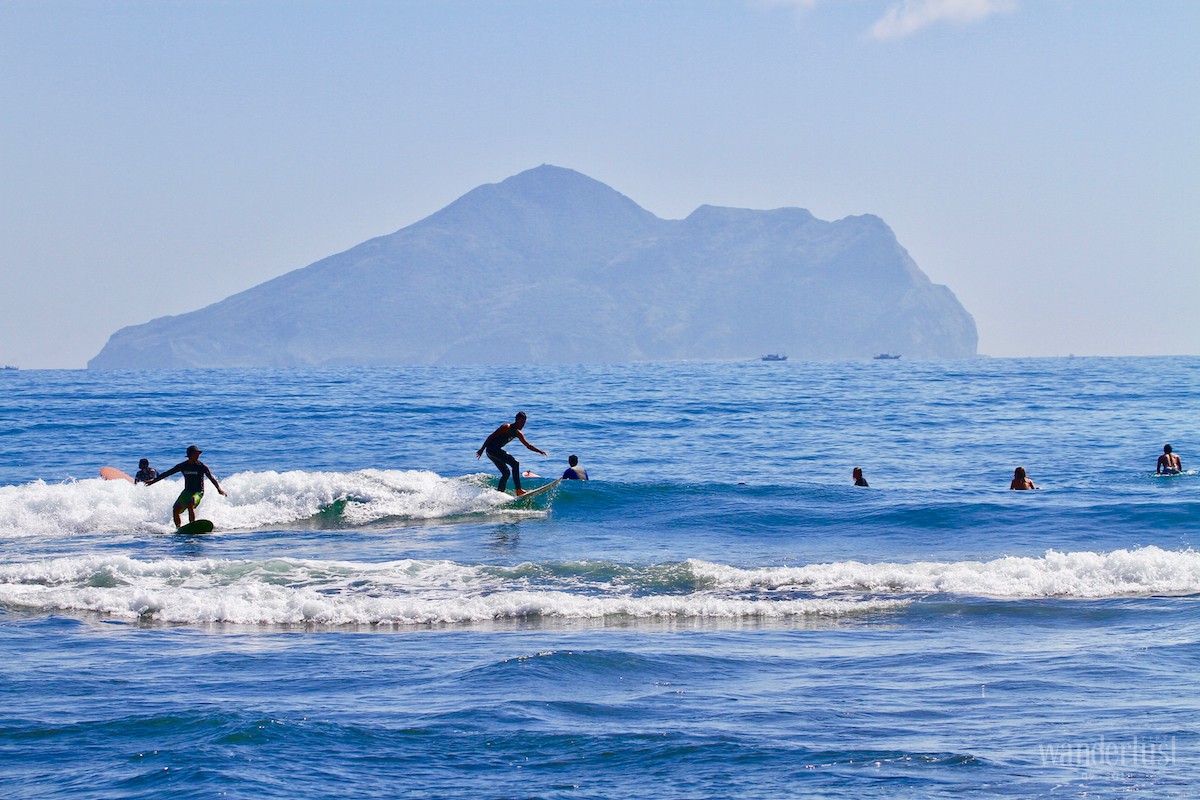
Address: Toucheng Town, Yilan County. About 10 kilometres to the east of the town
Transportations: To get here, from Wushi harbor, take a boat or ferry to the island for about 40 minutes
3. NATIONAL CENTER FOR TRADITIONAL ARTS (NCFTA)
Another popular attraction, also located on the banks of the Dongshan River, is the National Center for Traditional Arts.The center was established in January 2002 on a total area of 24 hectares. This is an agency of the Ministry of Culture(initially called the Council for Cultural Affairs), which aims to conduct research, preserve, and develop the traditional arts. The center is one of the most important tourist spots recommended for visitors when visiting Yilan. Here, visitors will have an opportunity to attend seminars, events, or programs about traditional Taiwanese arts. Besides the head office in Yilan, the center also has other subordinate units located in Taipei City and Kaohsiung.
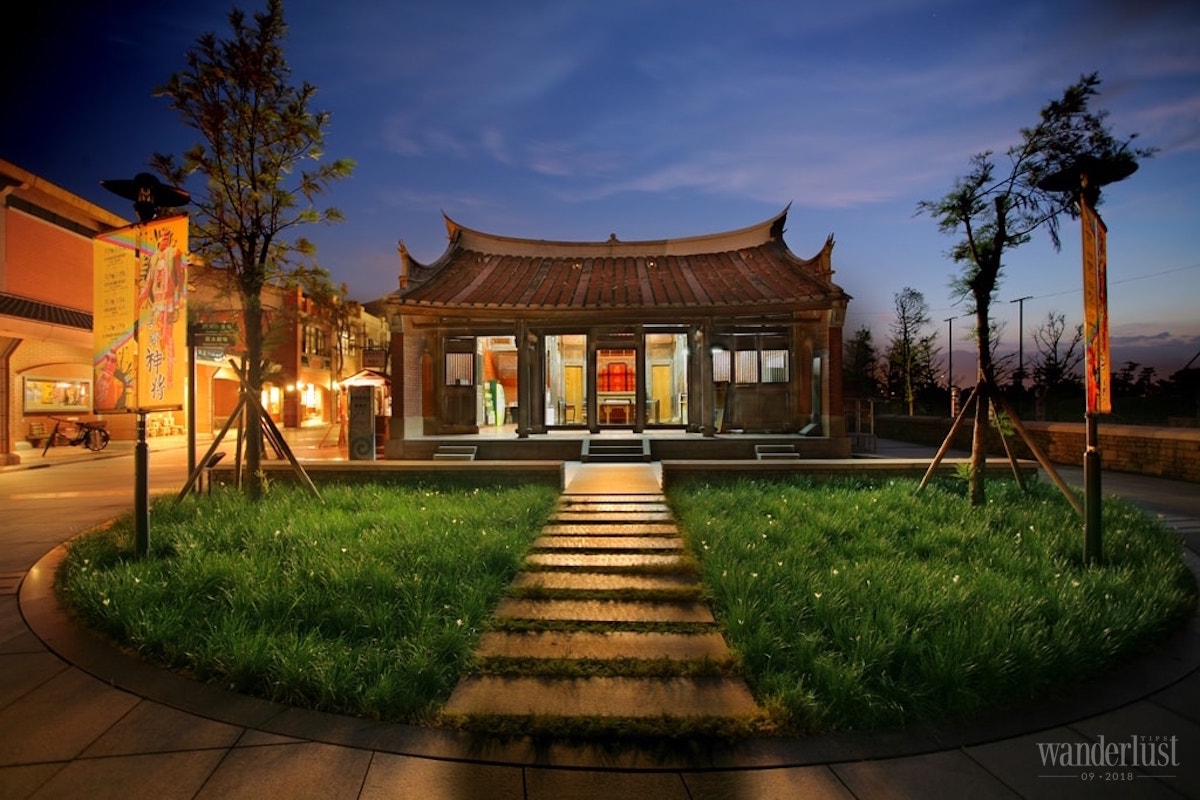
Address: No. 201, Section 2, Wubin Road, Wujie Township, Yilan County
Website: Visit https://www.ncfta.gov.tw/ for more information on upcoming events, time, locations, and ticket prices
4. LANYANG MUSEUM
It can be said Langyang Museum is one of the highlights of Taiwanese architecture. The museum has unique exterior design and structure, which creates a wonderful harmonywith the natural surroundings. The overall architecture of the Lanyang Museum was inspired by the local natural elements, especially the Cuesta. Inside, visitors will find the reconstructed historical scene of Wushi harbor. In the Qing Dynasty, Wushi was a prosperous port, but now it only remains as a wetland. The museum also introduces a variety of local natural landscapes.
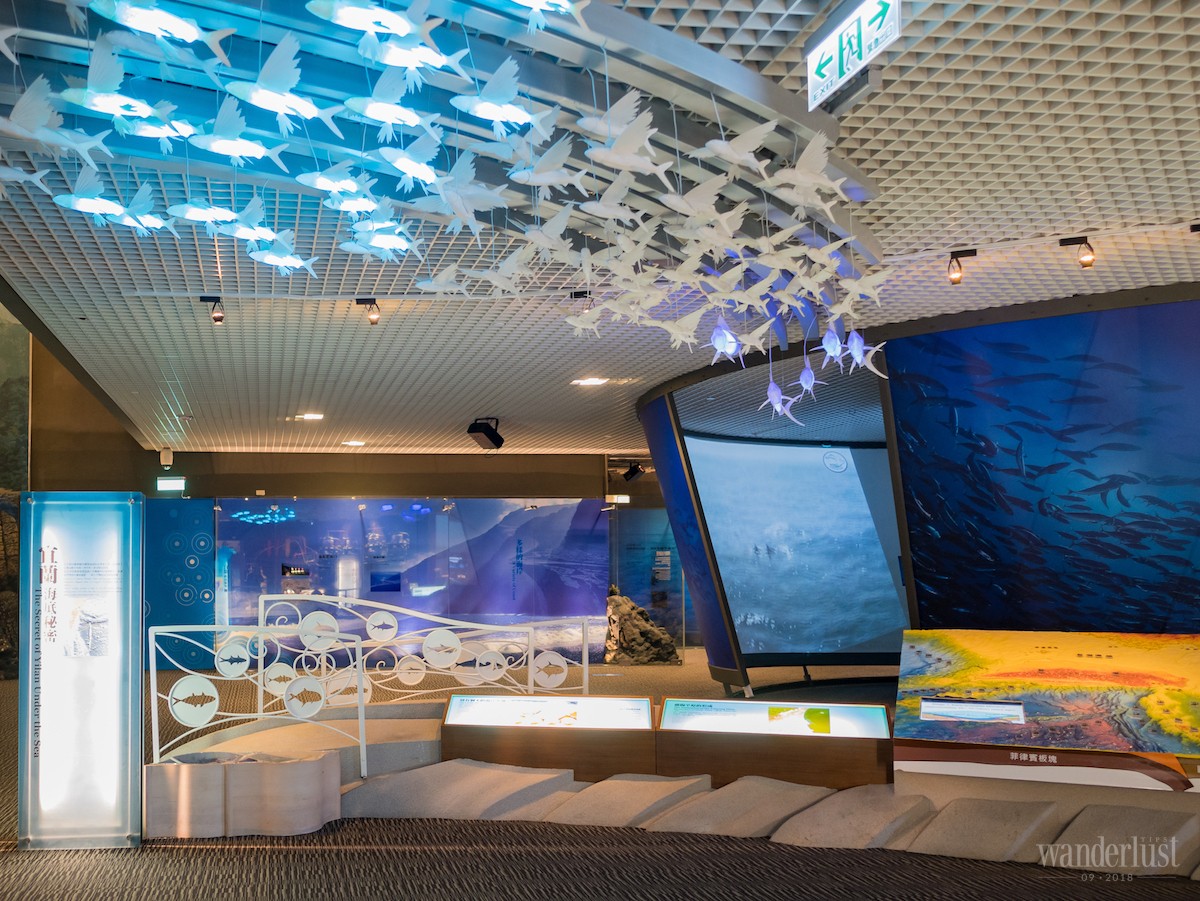
Address: No.750, Sec. 3, Qingyun Road, Toucheng Township, Yilan County
Opening hours: 9am – 5pm, from Thursdays to Tuesdays, closed on Wednesdays. Tickets are sold from 9am – 4.30pm.
Ticket prices: TWD100 (~ VND75,000) per person, or TWD80(~VND60,000) per person for a group of more than 20 people
Website: http://www.lym.gov.tw/eng/index_en.asp
CUISINE
1. CANG JIU WINERY
The land where the Cang Jiu factory is located is blessed with countless precious resources. Stream water flowing from the mountain side is clear and pure. The natural scenery is beautiful all year round; cherry blossoms bloom in the spring, the landscape is covered in green in the summer, maple leaves turn red in the autumn, and winter is the time kumquats ripen and turn yellow. Therefore, tourists visiting the Cang Jiu Winery at any time of the year will always have the opportunity to see the romantic nature while enjoying the wonderful wine. In addition, the restaurant also offer delicious local specialities.
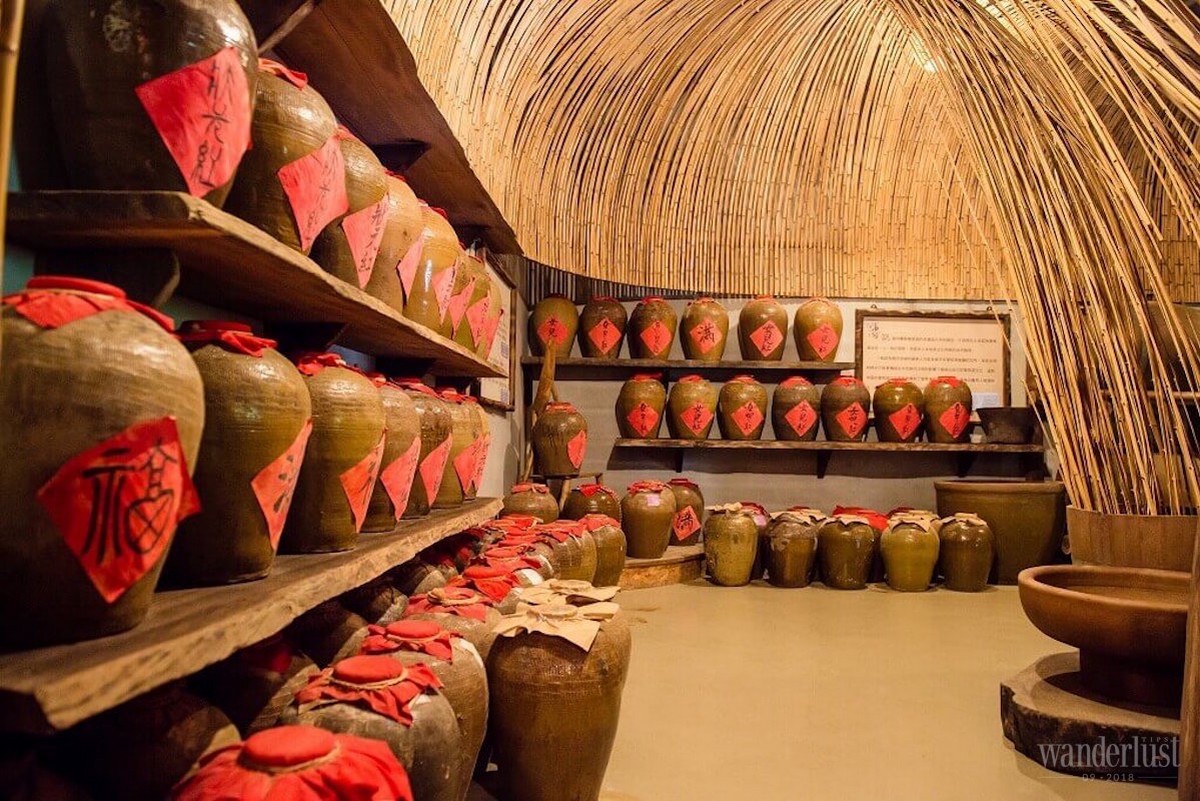
Address: No. 126-150, Gēngxīn road, Toucheng Town, Yilan County
Website: https://www.cjwine.com/
ACCOMMODATION
1. HOTEL ROYAL CHIAO HSI
Surrounded by the beautiful nature of Yilan featuring picturesque hills and hot springs, the Hotel Royal Chiao Hsi offers visitors the most relaxing and wonderful time. Royal Chiao Hsi promises to bring you interesting experiences, services, and facilities including the infinity pool, herbal pool,open-air spa, hot springs, and luxurious restaurants. All of these are awaiting you in Yilan.
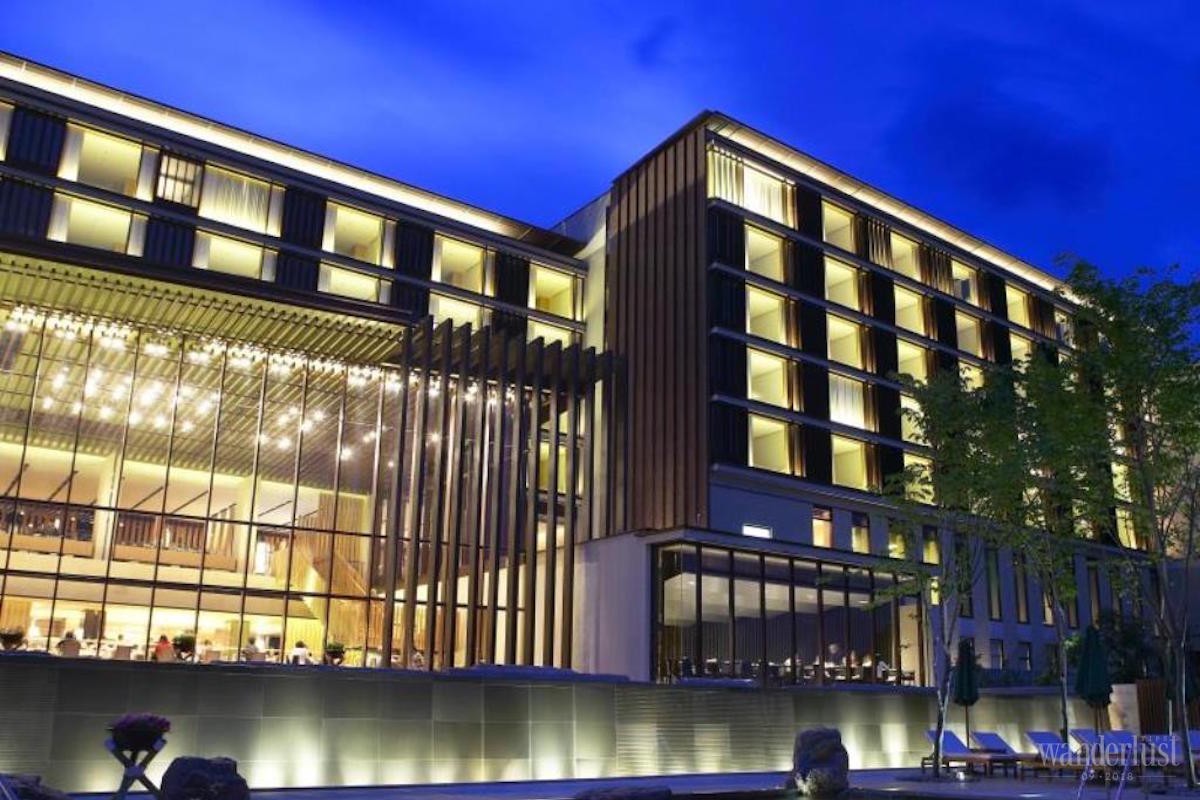
Address: No.69, Wufeng Road, Jiaoxi Township, Yilan County 262.
Ticket price: From USD531 (~VND12.4 million) per night
Website: https://www.slh.com/hotels/hotel-royal-chiao-hsi/
MIAOLI COUNTY
Located in Western Taiwan, Miaoli county impresses visitors from the first moment they arrive by its green rolling mountains. The more you explore the cuisine of the mountainous town Miaoli, the more you will be attracted.
VISIT
1. RIDING BIKES BY THE ANCIENT RAILWAY ON THE MOUNTAIN
This is a very interesting experience for visitors to Miaoli county; it has just been officially launched in August this year. Visitors will beable to ride on the ancient 100-year-old railway to admire Miaoli’s peaceful scenery and famous landmarks, for example, Shengxingrailway station bearing a nostalgic beauty or the remains of Longteng Bridge after two major earthquakes in 1935 and 1999.
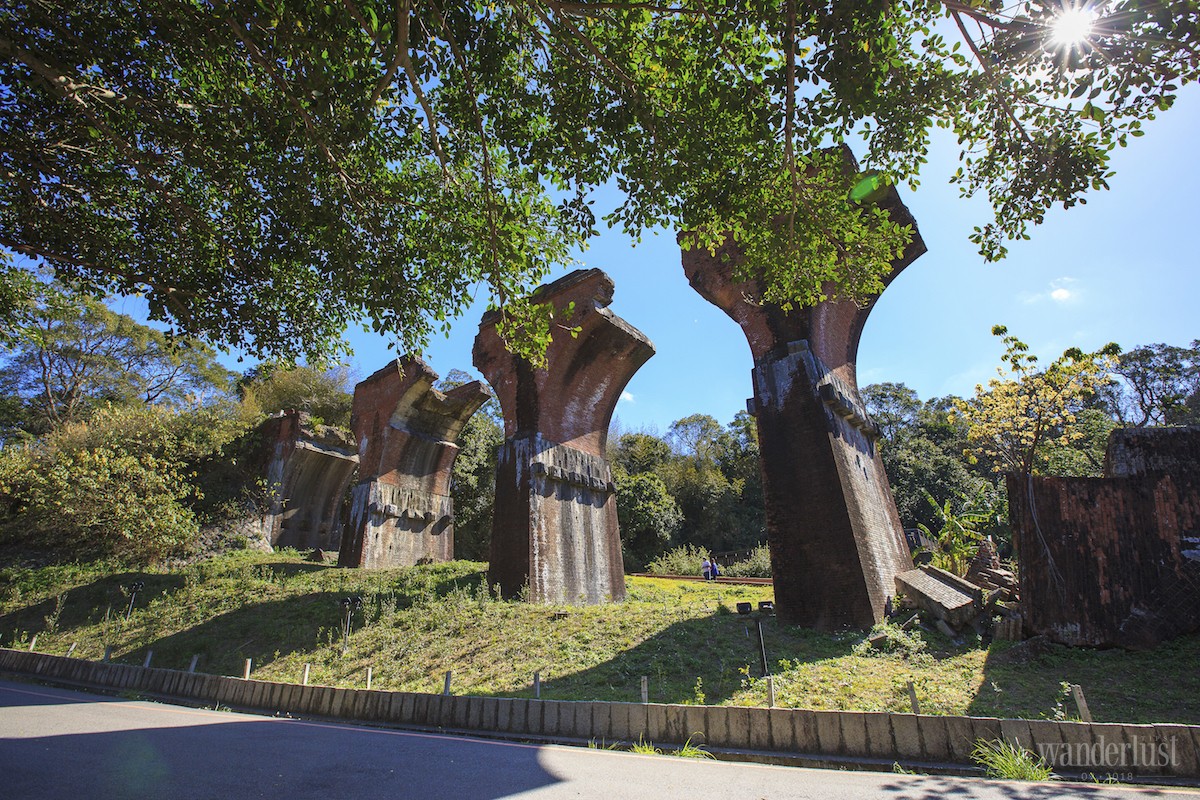
Address: Sanyi Township, Miaoli County.
Transportations: The journey is about 12 kilometres long and lasts for about 1.5 hours.It costs TWD280 (~VND212,000) per turn. Each bike can carry up to 4 people and include electronic sensors to support bicyclists to ride on the sloping mountainside, GPS navigation device, and guided tours who can speak Chinese, Japanese, and English.
2. HUOYAN MOUNTAIN (HUOYANSHAN) NATURE RESERVE
Located in the north of the Da-an River, the nature reserve features breathtaking natural scenery of jagged mountains and green vegetation. Huoyan Mountain (Huoyanshan) Nature Reserve has an interesting geological history. Its geological structure was formed by dramatic tectonic movements and consists of mainly conglomerate and sandstone layers with very weak cohesion. Natural forces such as wind and rain have eroded these mountains, causing large sections to break off, creating jagged peaks and rock-strewn slopes and valleys. The best view of the mountains is from the south; they are especially magnificent at sunset. In addition, every March and April, Mt. Huoyan serves as a stopover for migratory birds coming from the south, adding biodiversity to the reserve.
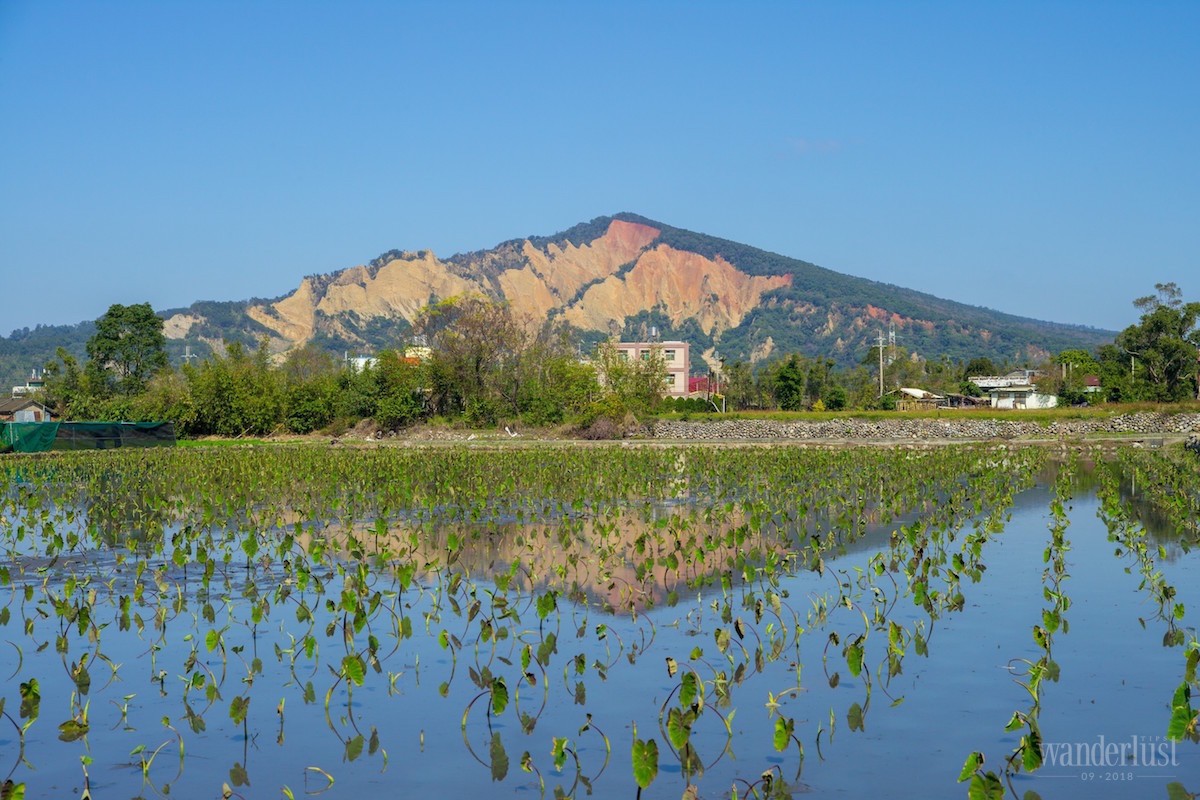
Address: No.73, Zhongzheng Rd., Sanyi Township, Miaoli County.
CUISINE
1. ZHUOYE COTTAGE
Many visitors dream of being immersed in the green countryside and enjoy the fresh local food. The rustic and simple Zhuoye Cottage offers such a wonderful dining experience. And after enjoying the food, do not miss the Indigo dying class to learn more about their unique culture.
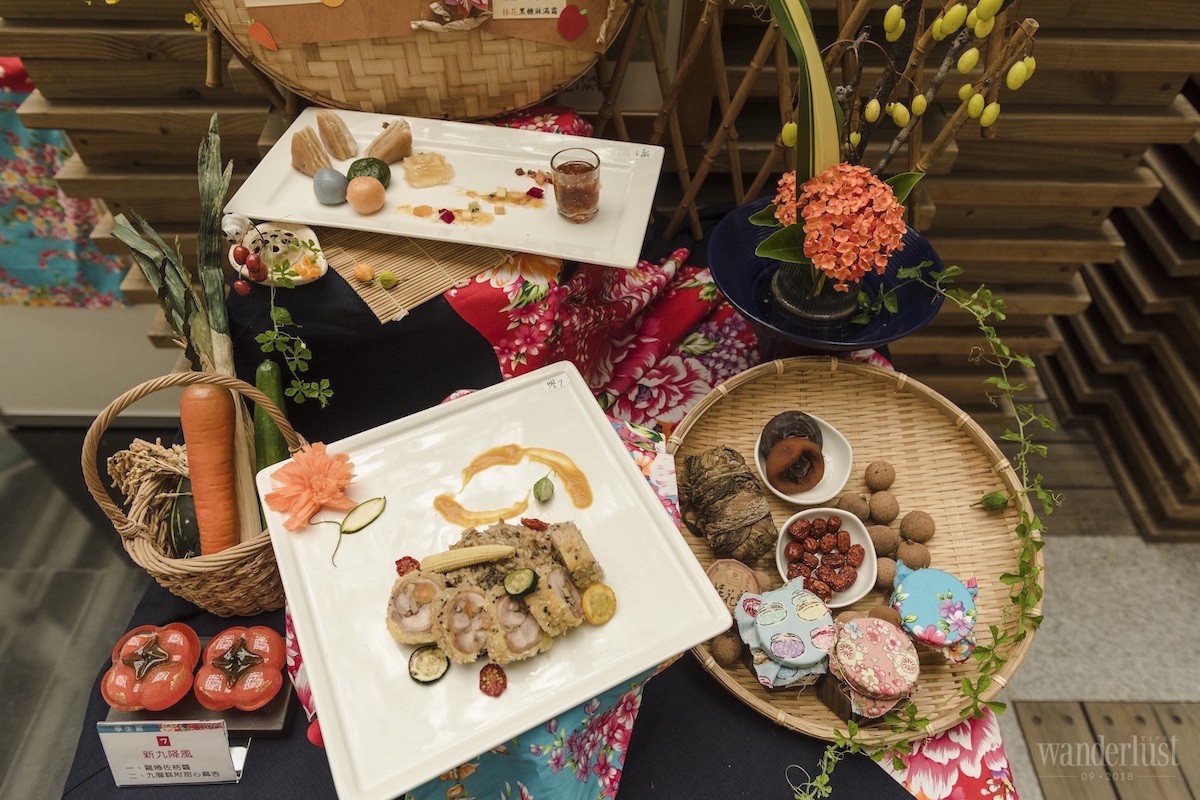
Address: No.1-5, Bengshanxia, Sanyi Township, Miaoli County.
Opening hours: 11.30am – 2pm from Monday to Friday; 11am – 1pm and 1.30pm – 3.20pm on Saturdays and Sundays.
2. CRESCENT PHOENIX
Hakka migrated to Taiwan from the 17th century and occupied about 15% of the population. In Miaoli county, Hakka are the major group of people here. Therefore, Miaoli culture is strongly influenced by Hakka. To enjoy their signature dishes, the Crescent Phoenix restaurant is an ideal choice. Moreover, Crescent Phoenix also has a learning area where guests can practice cooking popular local dishes.
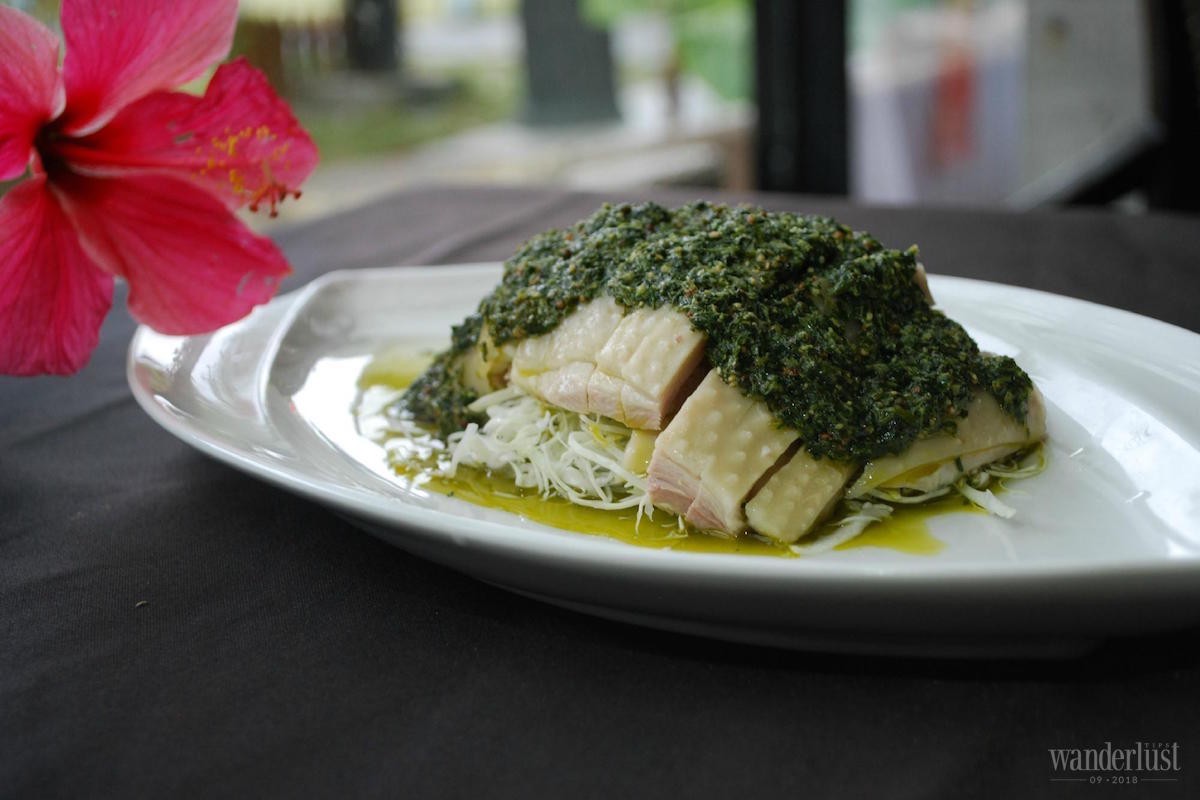
No. 1-3, Shengxing, Sanyi Township, Miaoli County
Address: 10am – 10pm everyday
Website: http://theme.net.tw/
ACCOMMODATION
1. ONSEN PAPAWAQA
The Taiwanese township of Miaoli county is located on the mountain and is famous for wellness tourism in hot springs. One of them is the luxury Onsen Papawaqa. This hotel has 68 rooms featuring modern facilities, a swimming pool, and attractive restaurants. In particular, it also offers hot spring bathing services to improve health. In addition, it has a convenient location which allows visitors to travel to attractions in the neighboring area.
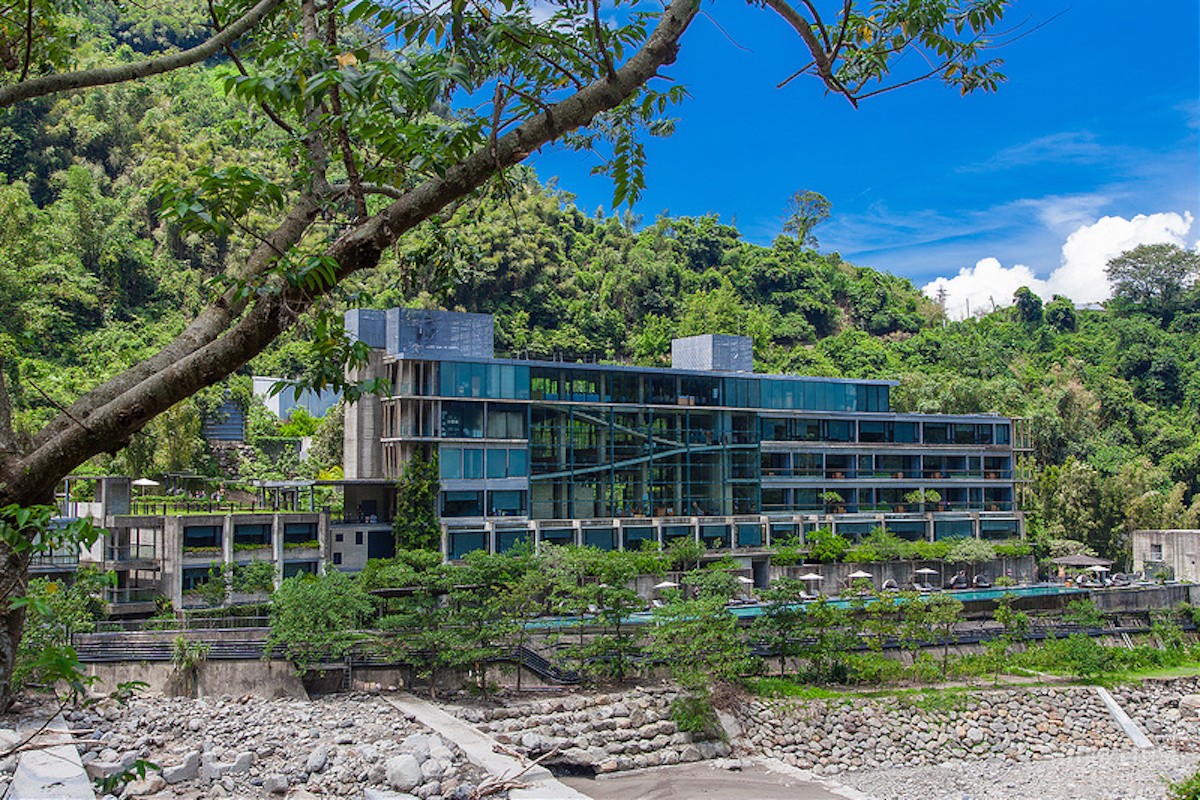
Address: No.58, Yuandun, Taian township, Miaoli County.
Ticket prices: from TWD7,500 (~ VND5.7 million) per night.
Website: https://www.papawaqa.com.tw/
2. GRAND ROYAL HOTEL
Another great accommodation for travellers to Miaoli is the Grand Royal Hotel. It is designed and built in accordance with international standards and promises to offer visitors whole new and wonderful experiences. The location of the hotel is right in the center of Toufen in the north of Miaoli, and it also connects to the shopping center Shang Shun and the entertainment area Shang Shun World, which is very convenient for visitors to participate in entertainment activities.
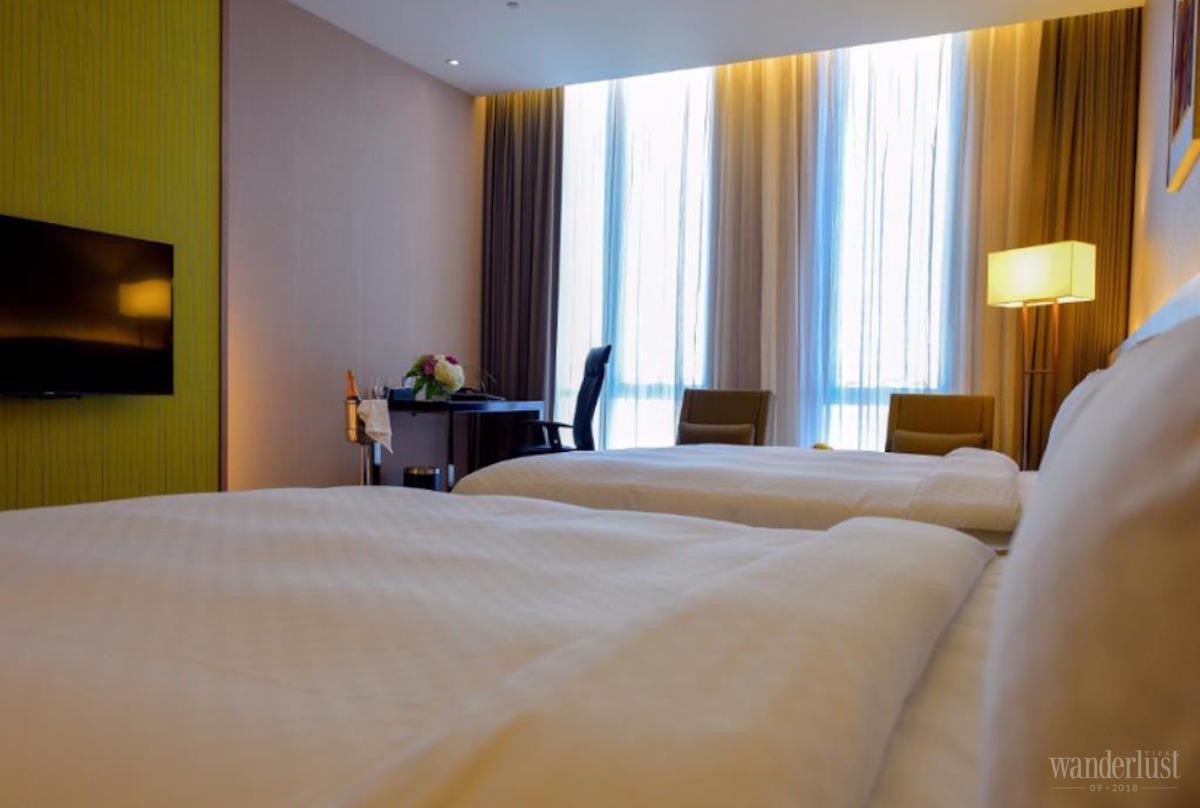
Address: No. 103, Zhongyang Road, Toufen City, Miaoli County
Ticket prices: From TWD7,000 (~ VND5.3 million) per night
Website: http://www.groyalhotel.com/en/index.php
TAICHUNG
This west-central city is Taiwan’s third largest one, promising to bring an abundance of experiences to visitors. It features modern buildings, romantic nature, delicious cuisine, and enjoyable shopping experience.
VISIT
1. THE CALLIGRAPHY GREENWAY
Calligraphy Greenway extends for 3.6 kilometres, ranging in the north from National Museum of Natural Science, Civil Square, Park Lane by CMP, a food court to the National Taiwan Museum of Fine Arts in the south. It is an urban space structure shaped in a long and wide stripe. That is why this urban space is named Calligraphy Greenway, and owing to that, the atmosphere, tempo, and movement of those events within it are free and flexible just like the cursive writing of Chinese calligraphy.
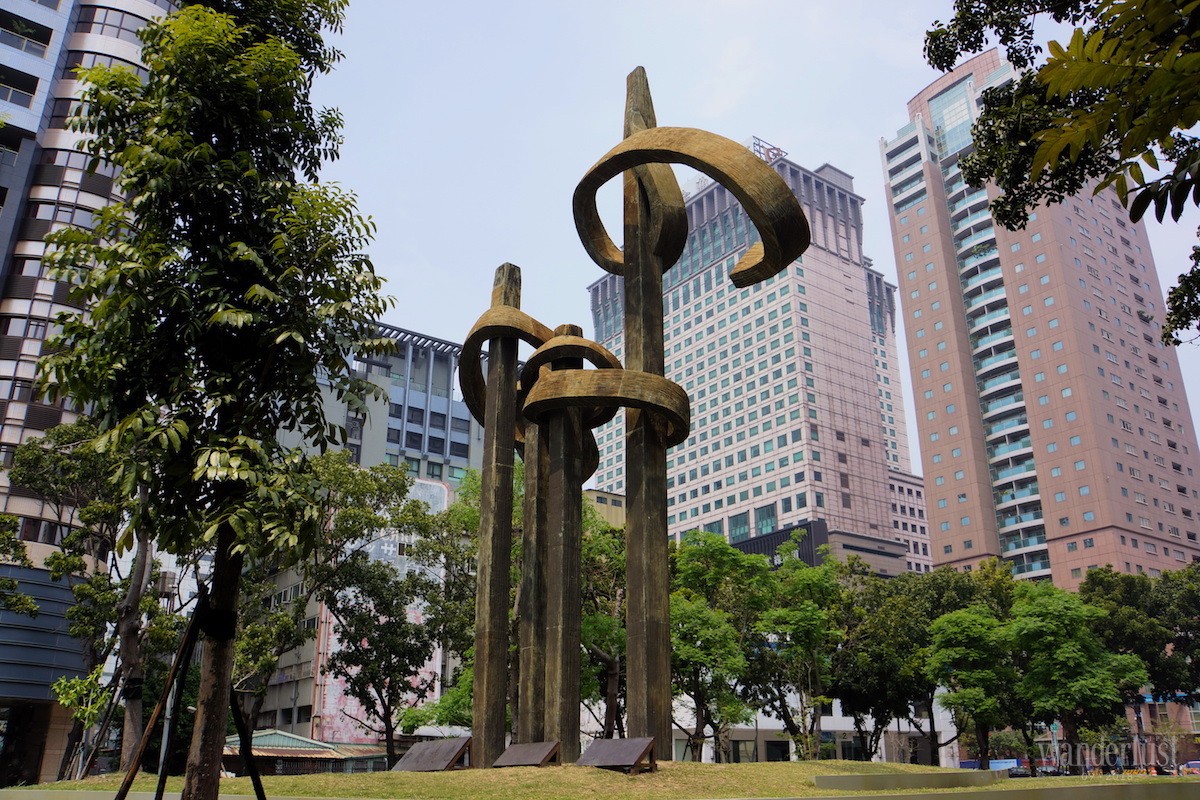
Address: West Zone, Taichung City
2. GAOMEI WETLANDS
Gaomei Wetlands is one of the most well known and wellpreserved wetland habitats in Taiwan. Standing over 300 hectares, this is an excellent location for bird-watching. The breathtaking scenery during the sunset is truly a must see while visiting Taiwan. The colour of the sunlight is constantly changing from orange, purple rose, to red, some days it is covered with brilliant yellow. Therefore, many people are willing to go a long distance just to catch this unforgettable beautiful moment.
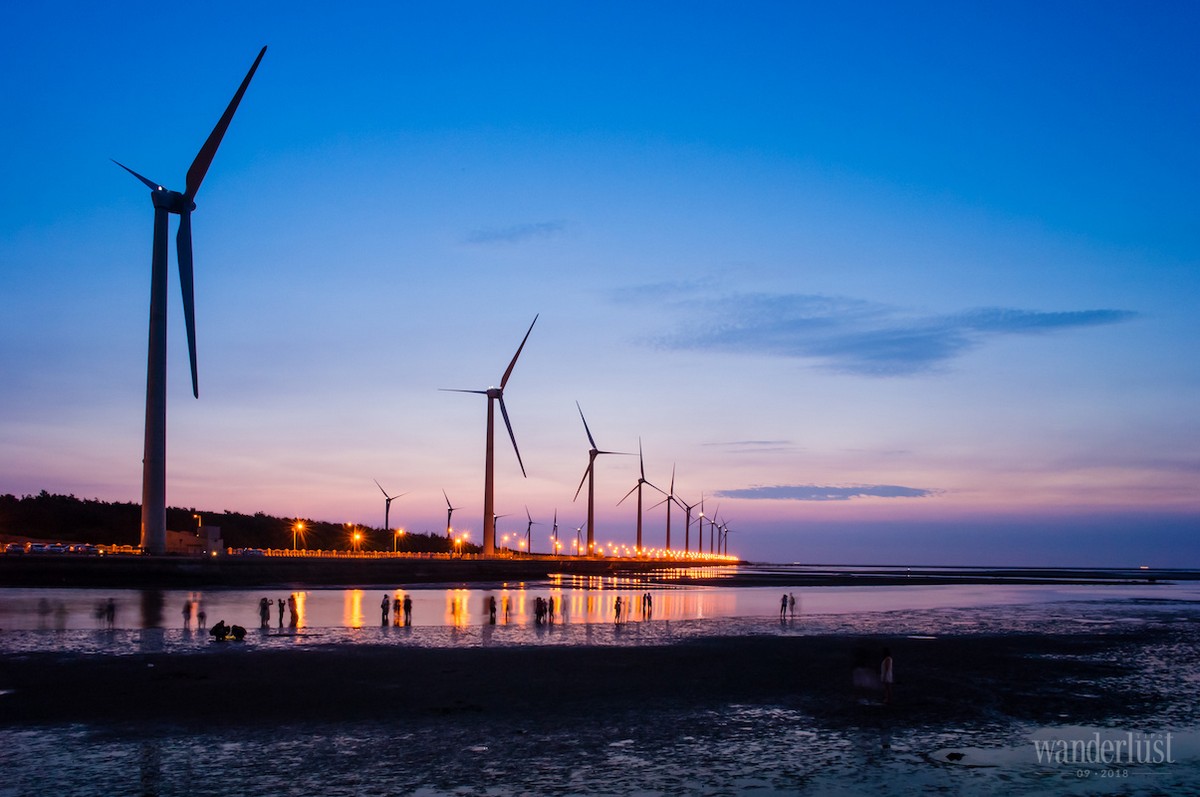
Address: Qingshui Dist, Taichung City.
3. NATIONAL TAICHUNG THEATER
Taichung National Theater was designed by Japanese architect Toyo Ito in collaboration with Cecil Balmond at Arup AGU. The theater was built for four years, officially opened in 2016, and became a unique architecture in Taiwan. All buildings are designed with strange tubes and rolling walls, together with the harmony of colors, which makes the theater space bright and glowing. Explaining this new architecture, “The architecture of this opera house is created in such a way that the inside and outside are one continuous (surface), in a similar manner to how bodies are connected to nature (outside) via orifices such as the mouth, nose, and ears,” he said.
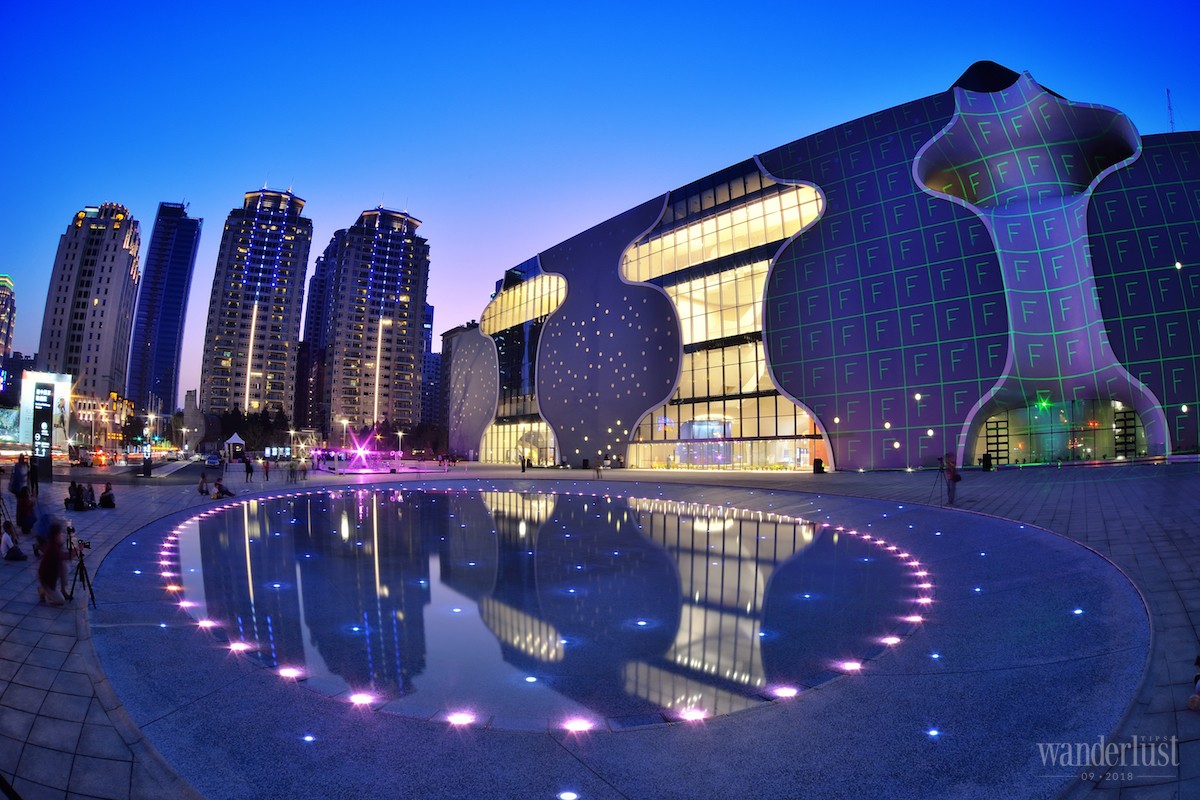
Adress: No. 101, Section 2, Huilai Road, Xitun District, Taichung City
Opening hours: 11.30am – 9pm from Sunday to Thursday; 11.30 am – 10 pm on Fridays, Saturdays and holidays.
Refer to the theater website for artwork and ticket prices: http://en.npac-ntt.org/
CUISINE
1. CHUN SHUI TANG
Taiwan, the birthplace of the famous bubble tea, you can not miss an opportunity to enjoy the famous bubble tea in the country of its origin. Among hundreds of milk tea brands in Taichung, Chun Shui Tang is the oldest, largest, and most favourite brand. This is also where bubble tea was born. You can find many branches of the Chun Shui Tang in Taichung and easily order your favourite tastes favourite flavors, using their English menu. In addition to enjoying the milk tea, visitors can also participate in the bubble tea training class at Chun Shui Tang Tea House. Then they can learn about the famous history of drinks in Taiwan, and are taught how to make the best bubble tea by the most famous baristas.
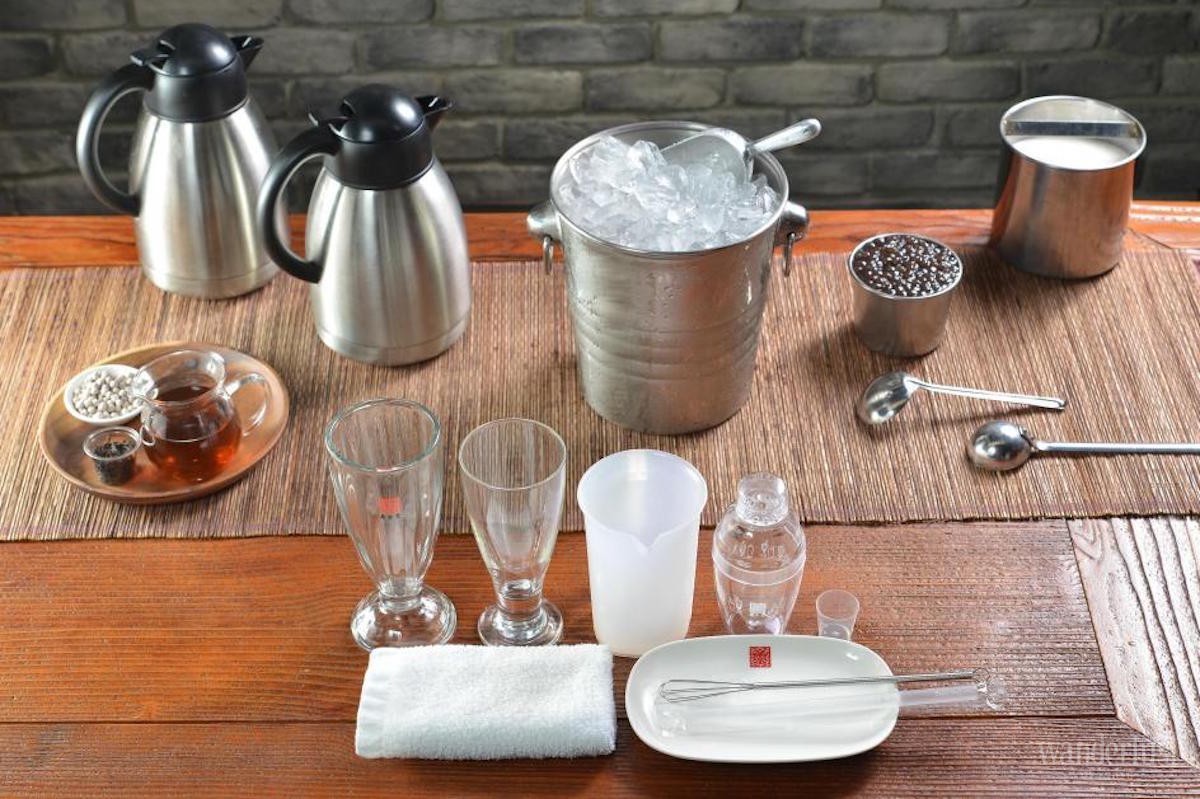
Address: In order to learn how to make bubble tea, you can go to the Chun Shui Tang Tea House (No. 9, Dadun 19th st., West district, Taichung city). Classes often last for about 50 minutes with 2 to 8 students. The class starts at 10am/3pm/5pm from Mondays to Fridays.
Website: To enjoy Chun Shui Tang milk tea, there are up to 40 branches for you to choose from. You can visit its website for more details: https://chunshuitang.com.tw/
ACCOMMONDATION
1. THE LIN HOTEL TAICHUNG
It offers luxurious and deluxe accommodation in the heart of Taichung city. The golden-ratio-based design lends a sense of balance and comfort to the guest rooms, while the Dubaistyle outdoor swimming pool, wellness center, and the healthy culinary buffet contribute to the body and soul of every guest.
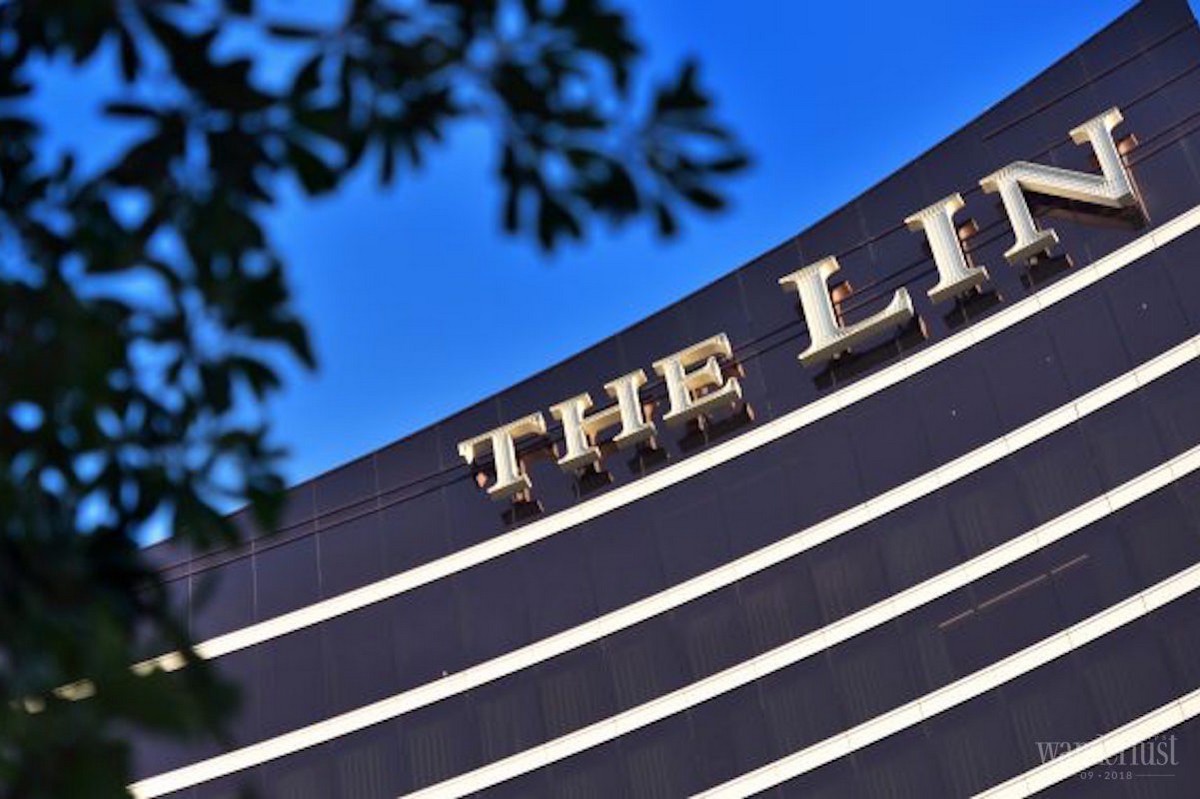
Address: No. 99, Chaofu Rd., Xitun Dist., Taichung City
Ticket prices: from TWD12,000 (~ VND9 million) per nigh
Website: https://www.thelin.com.tw/index.php?lang=en#sao
2. FULLON HOTEL LIHPAO LAND
Located at a convenient location with quick access to popular spots in the city, Fullon Hotel Lihpao Land is your best choice for accommodation whether you are on a business or tourist trip. The hotel also draws up services and facilities to satisfy the needs of both parents and kids. One of the most impressive attractions is that it is also connected to the Lihpao Land, promising to bring the most enjoyable entertainment experiences.
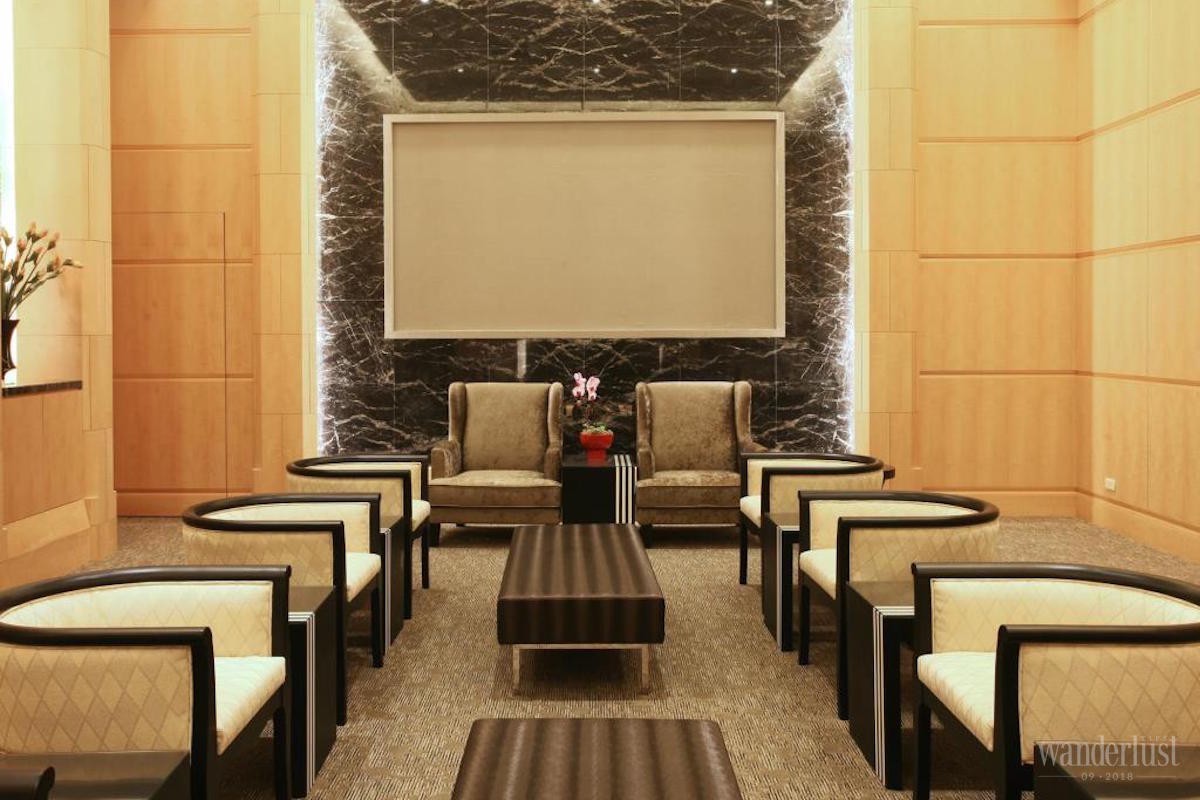
Address: No. 88, Furong Road, Houli Dist, Taichung City.
Ticket prices: TWD9,800 (~VND7.4 million) per night.
Website: http://www.fullon-hotels.com.tw/ym/en/
Wanderlust Tips | Cinet
